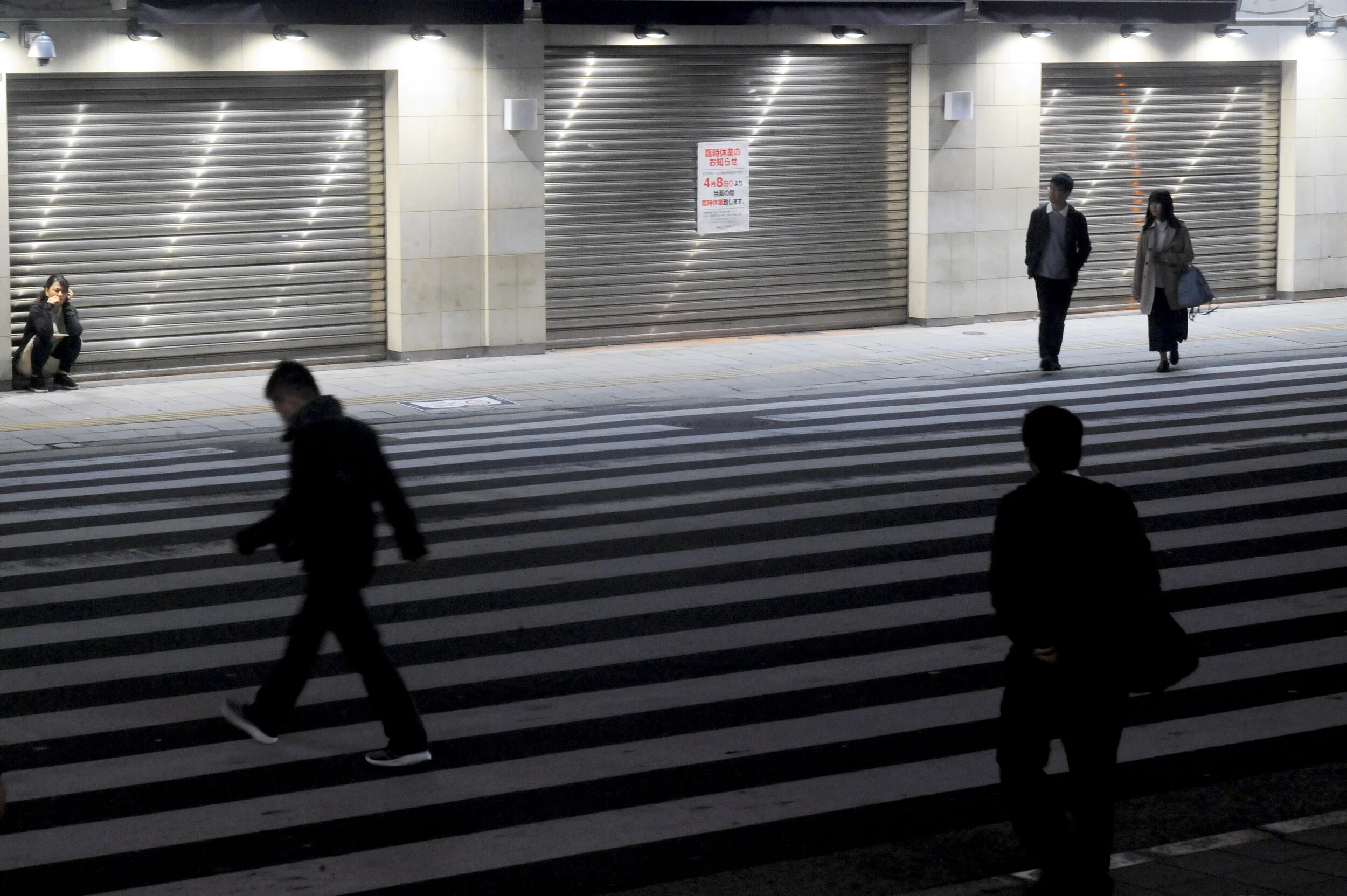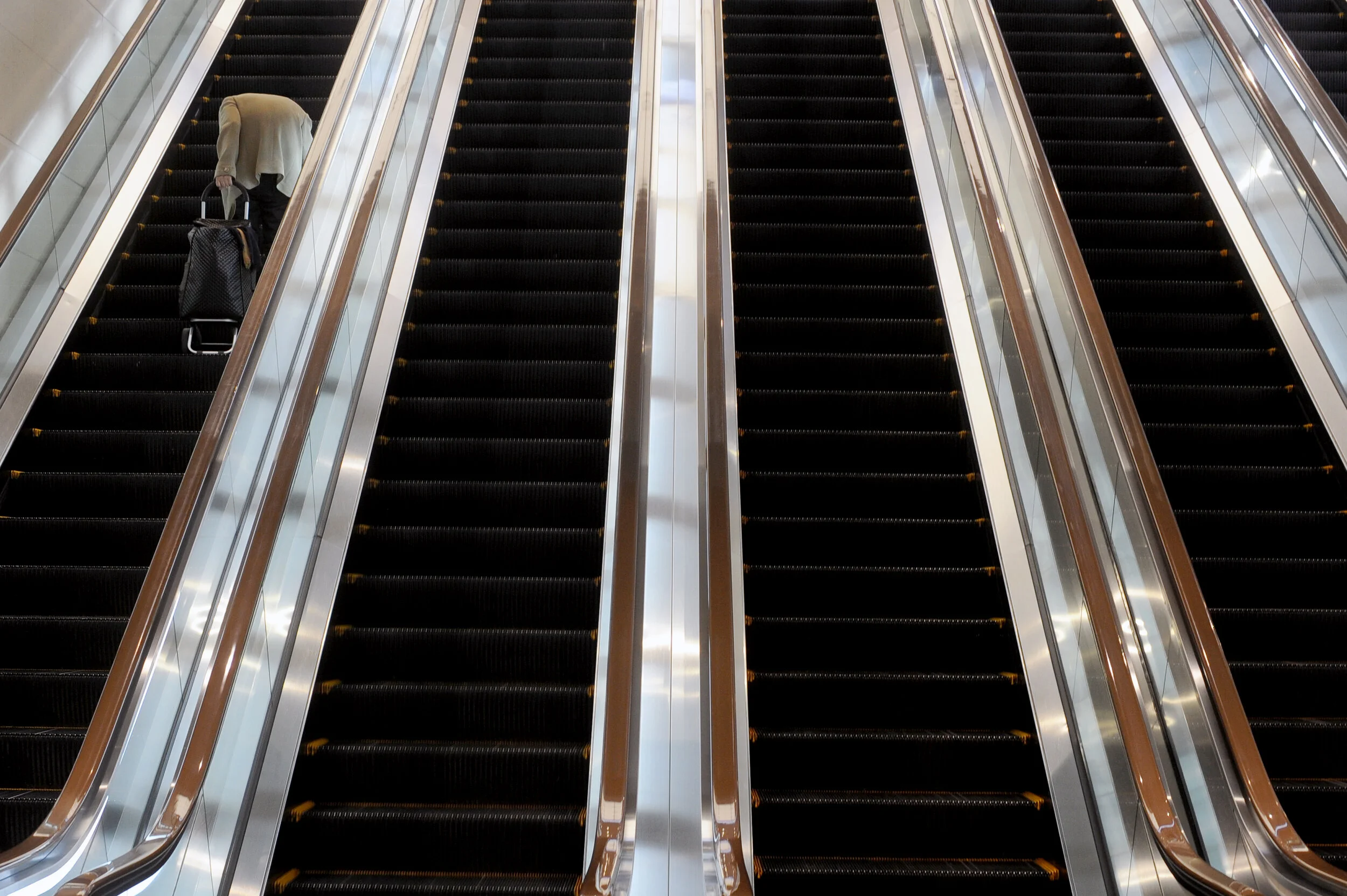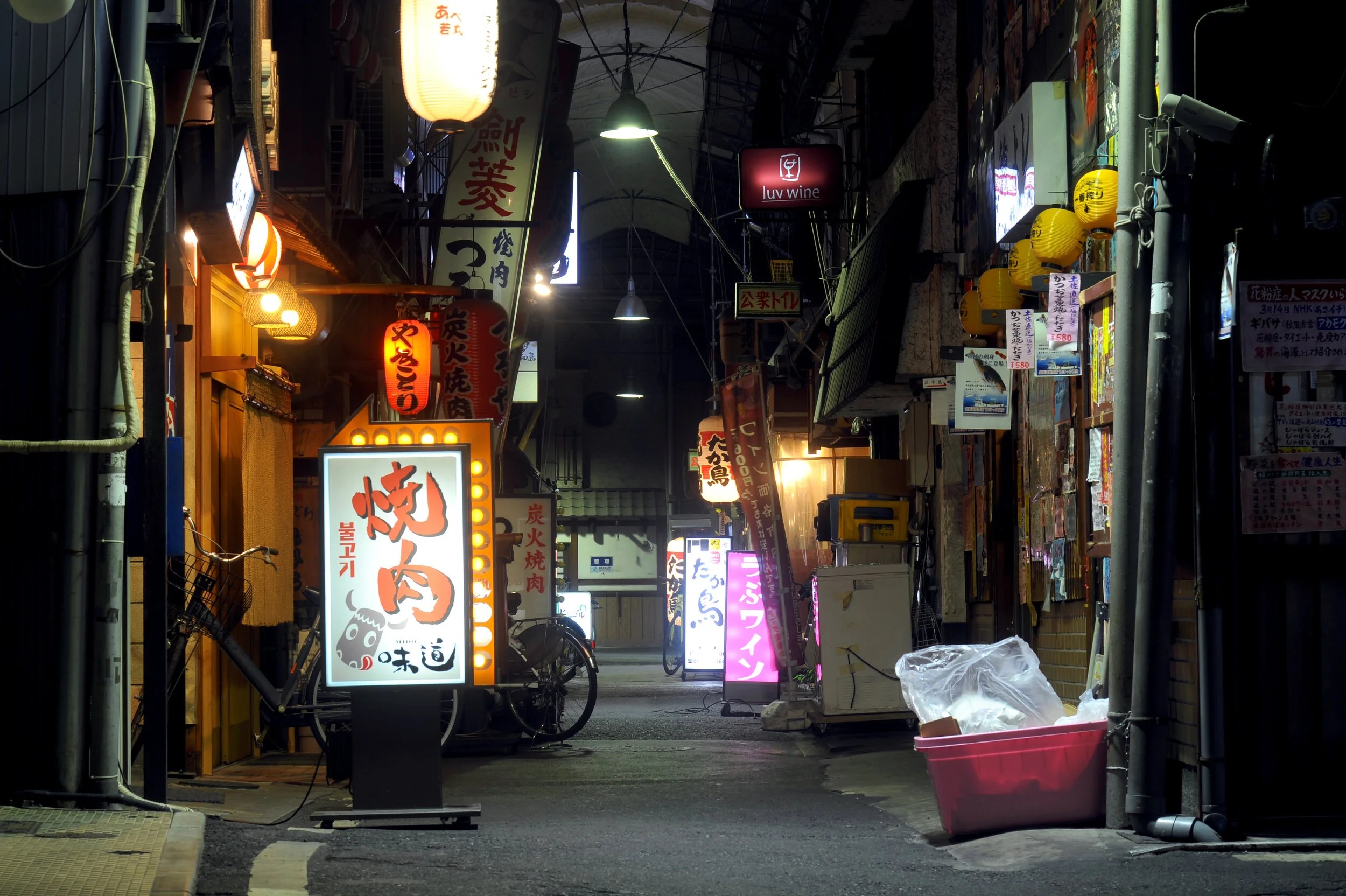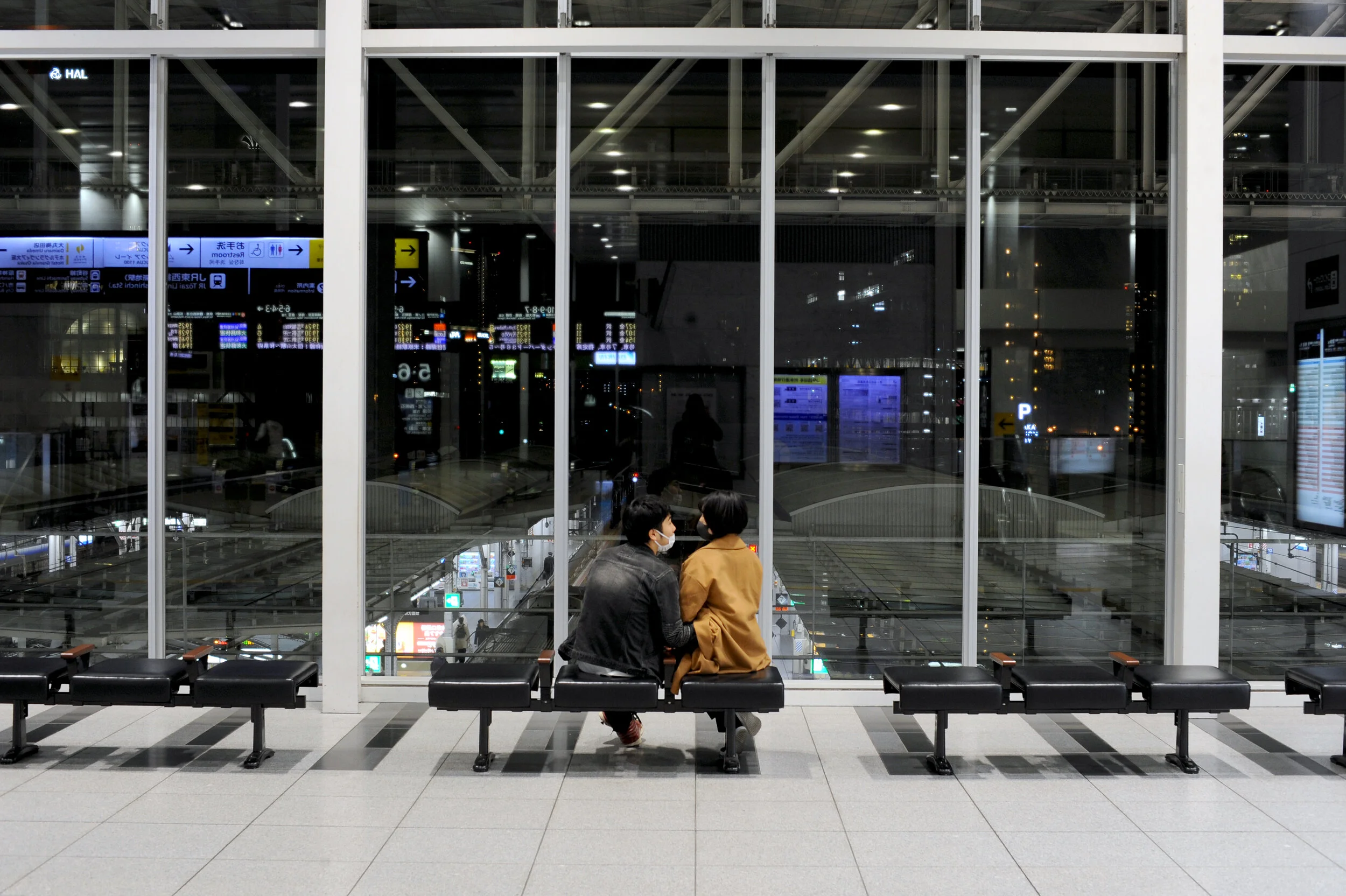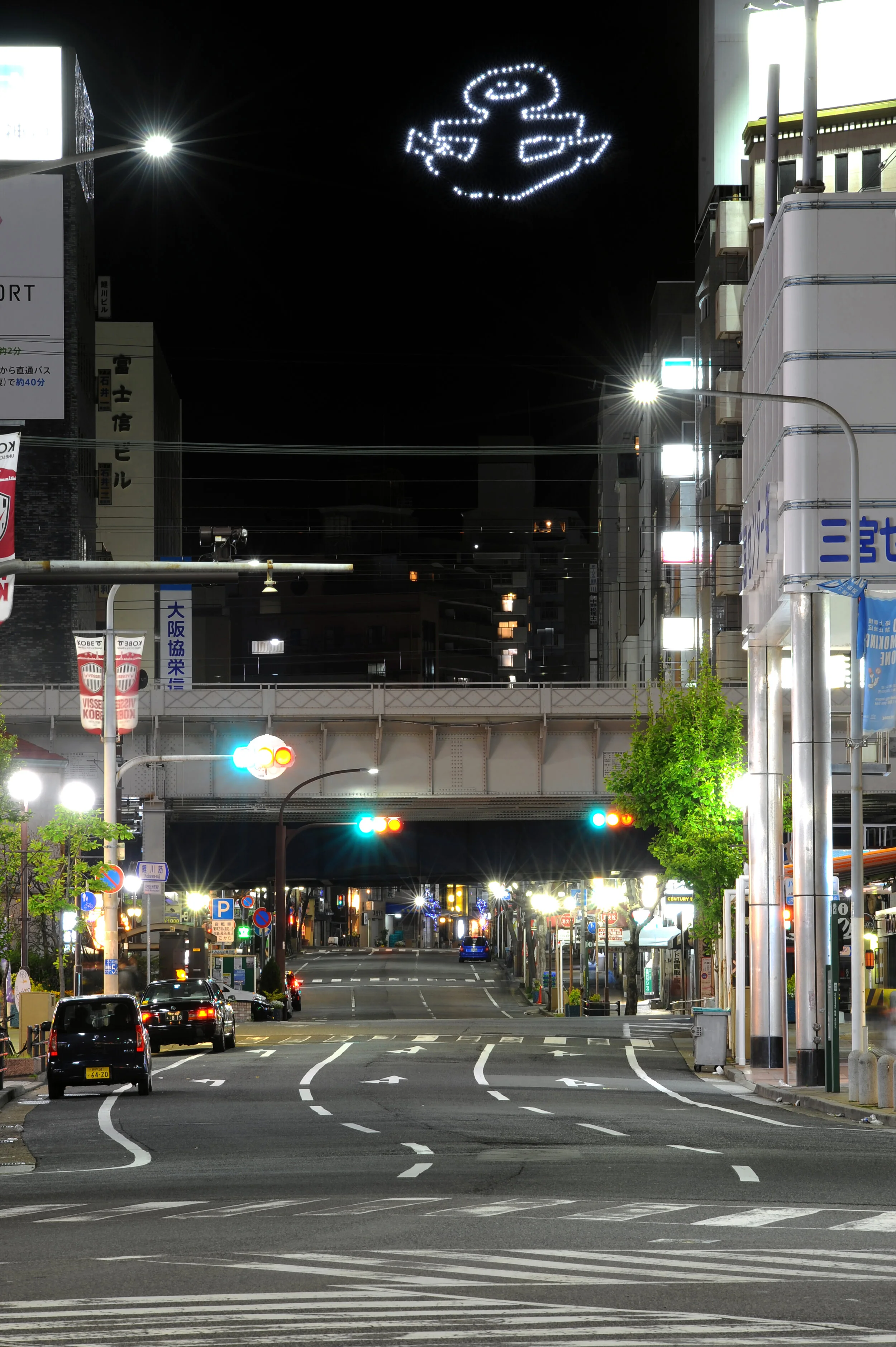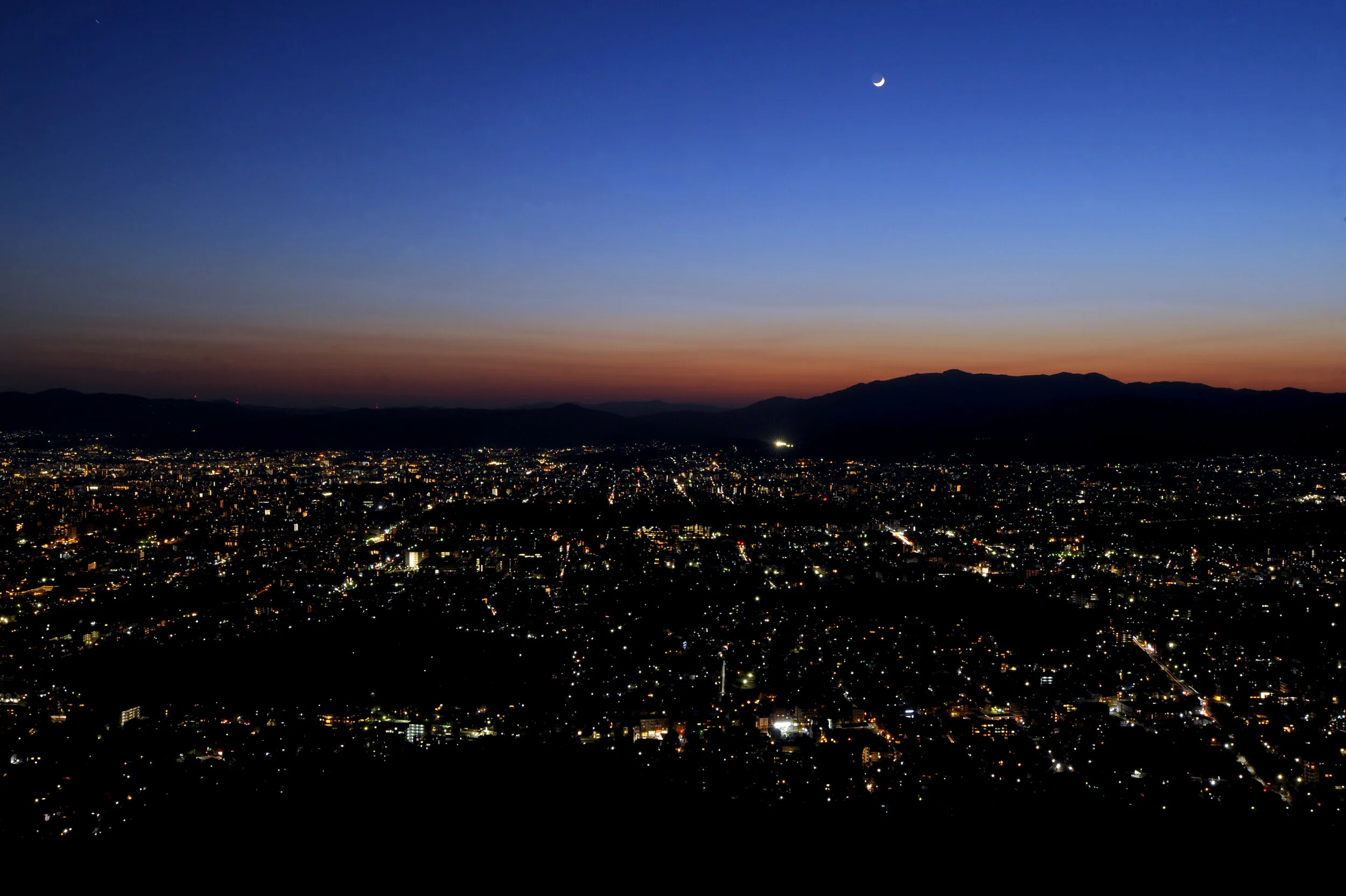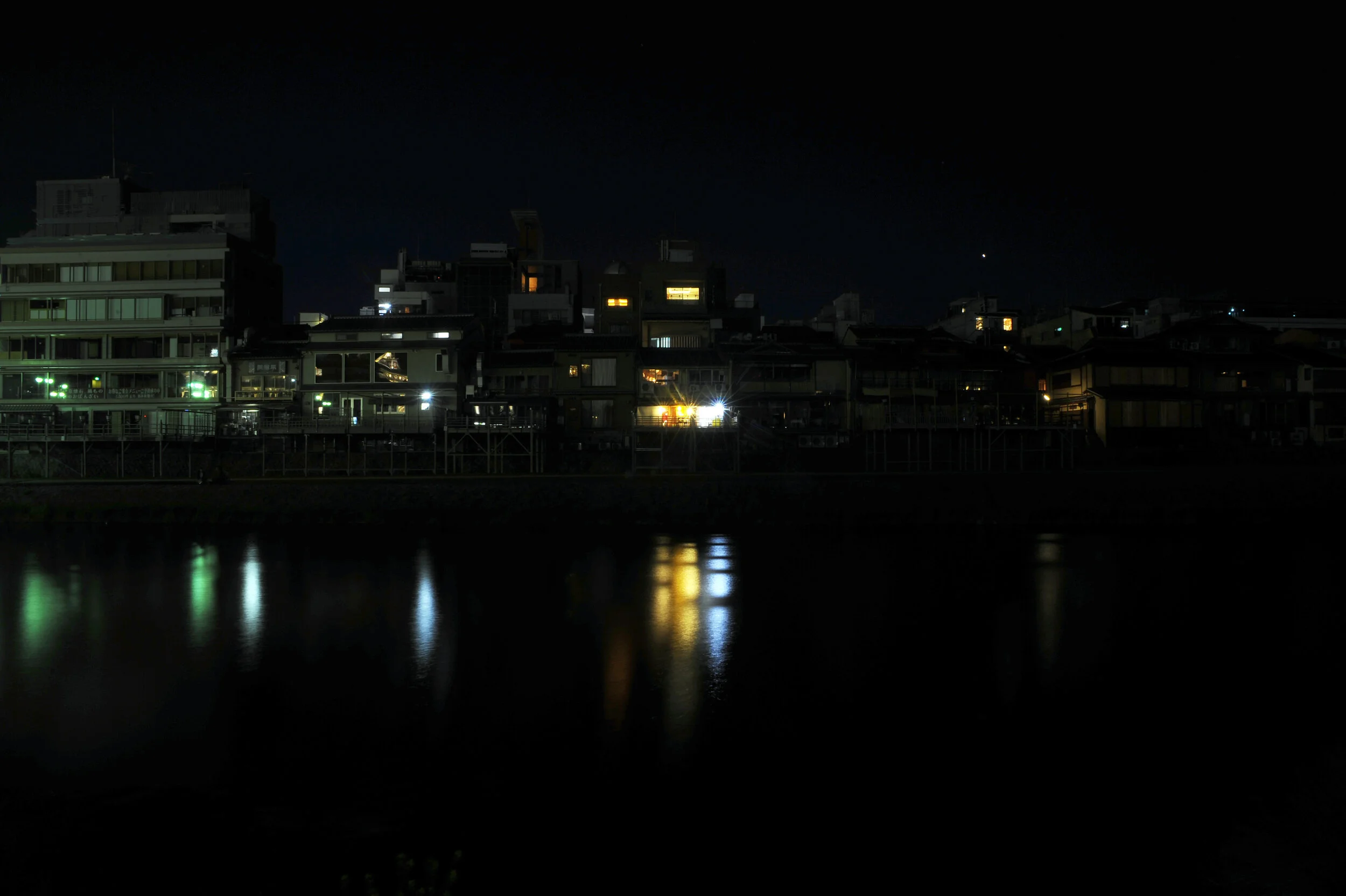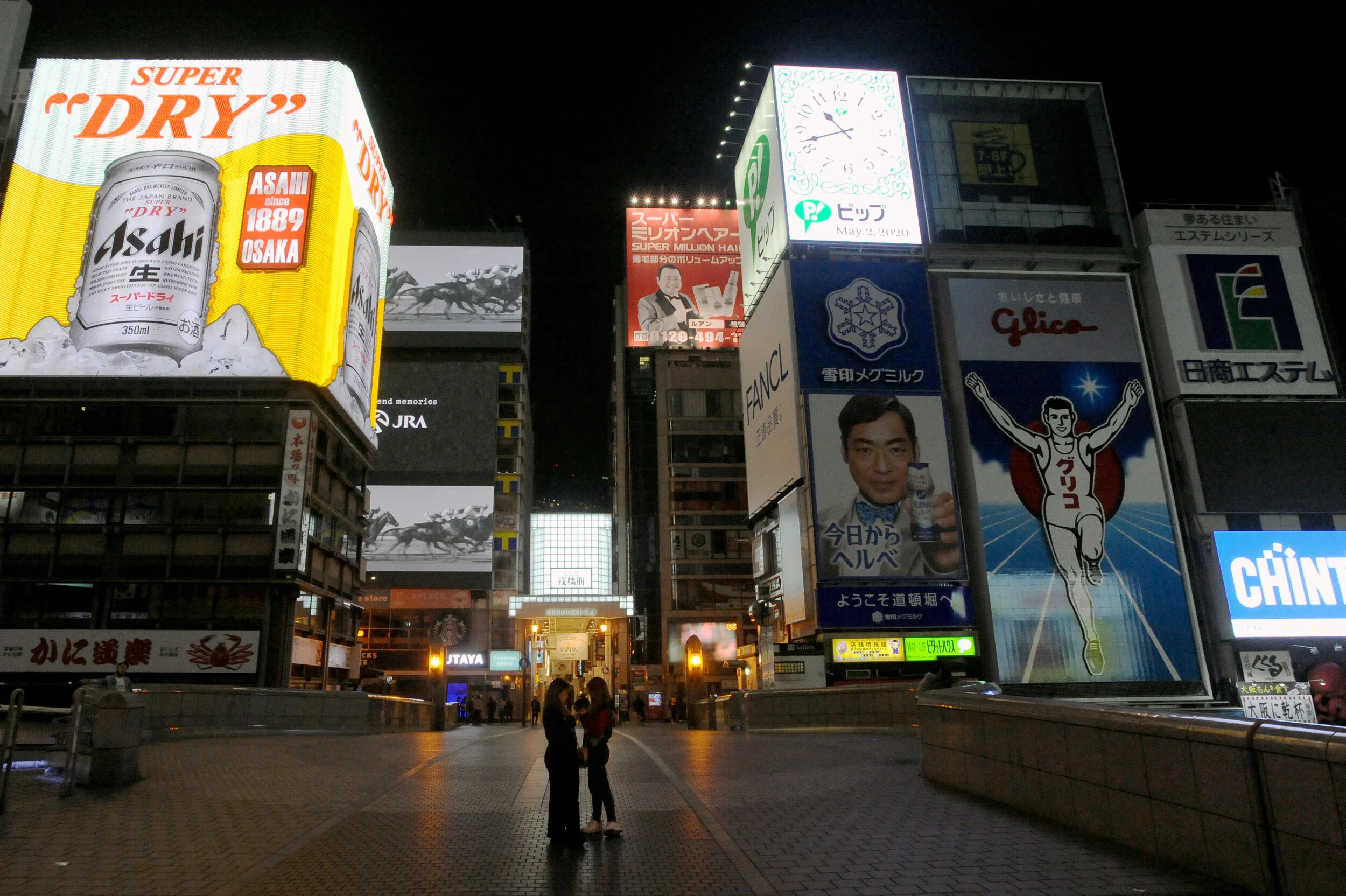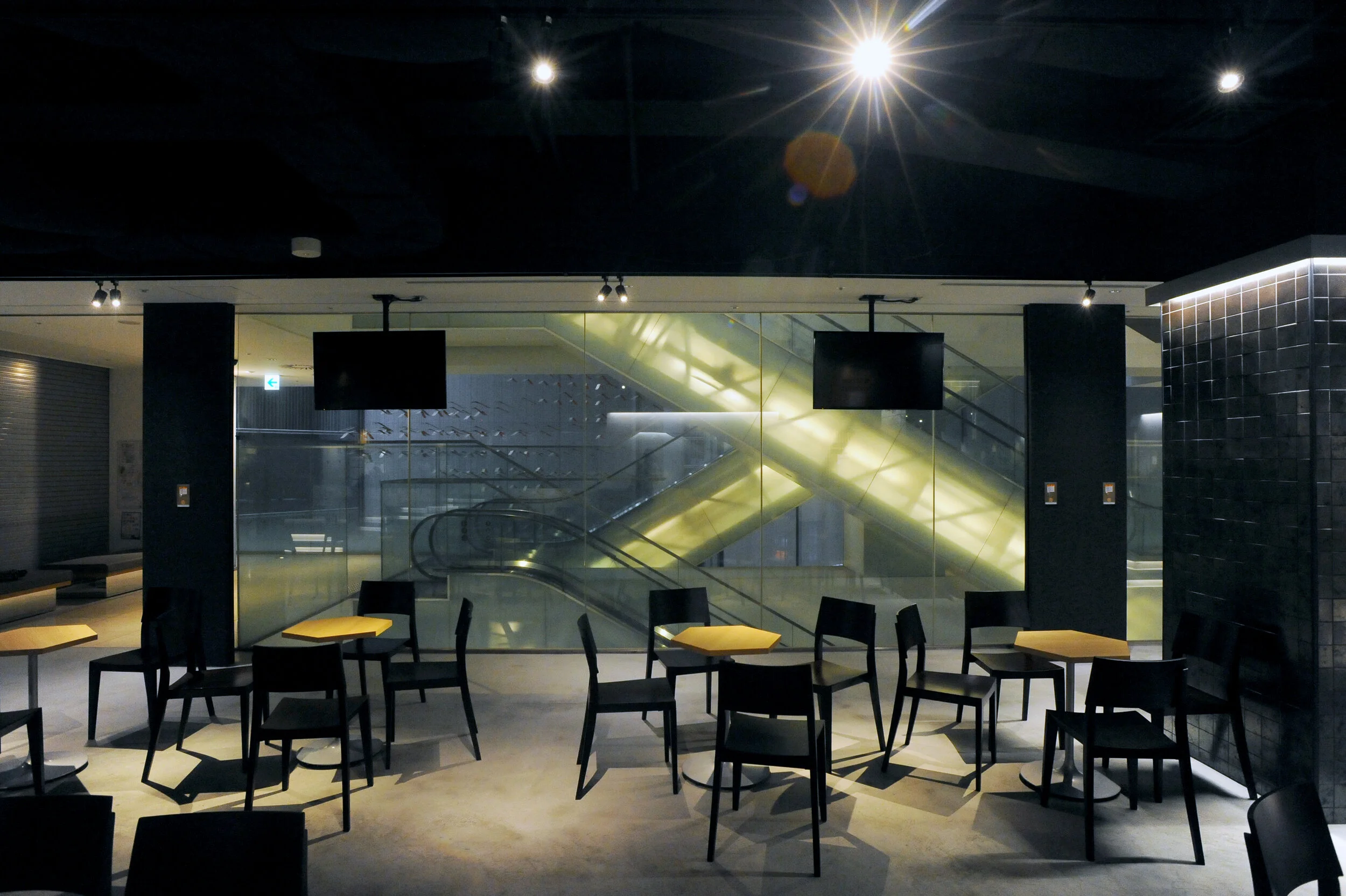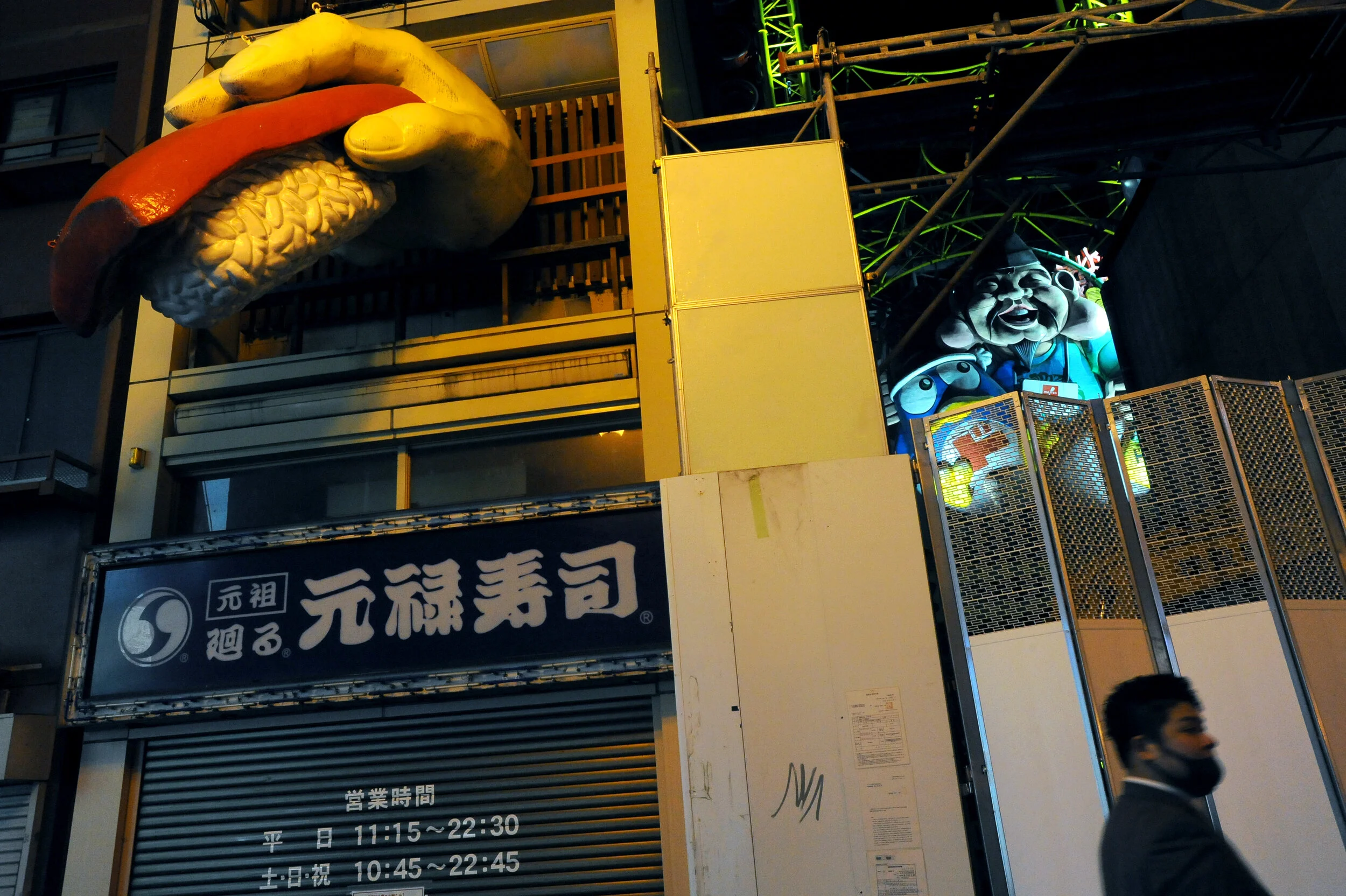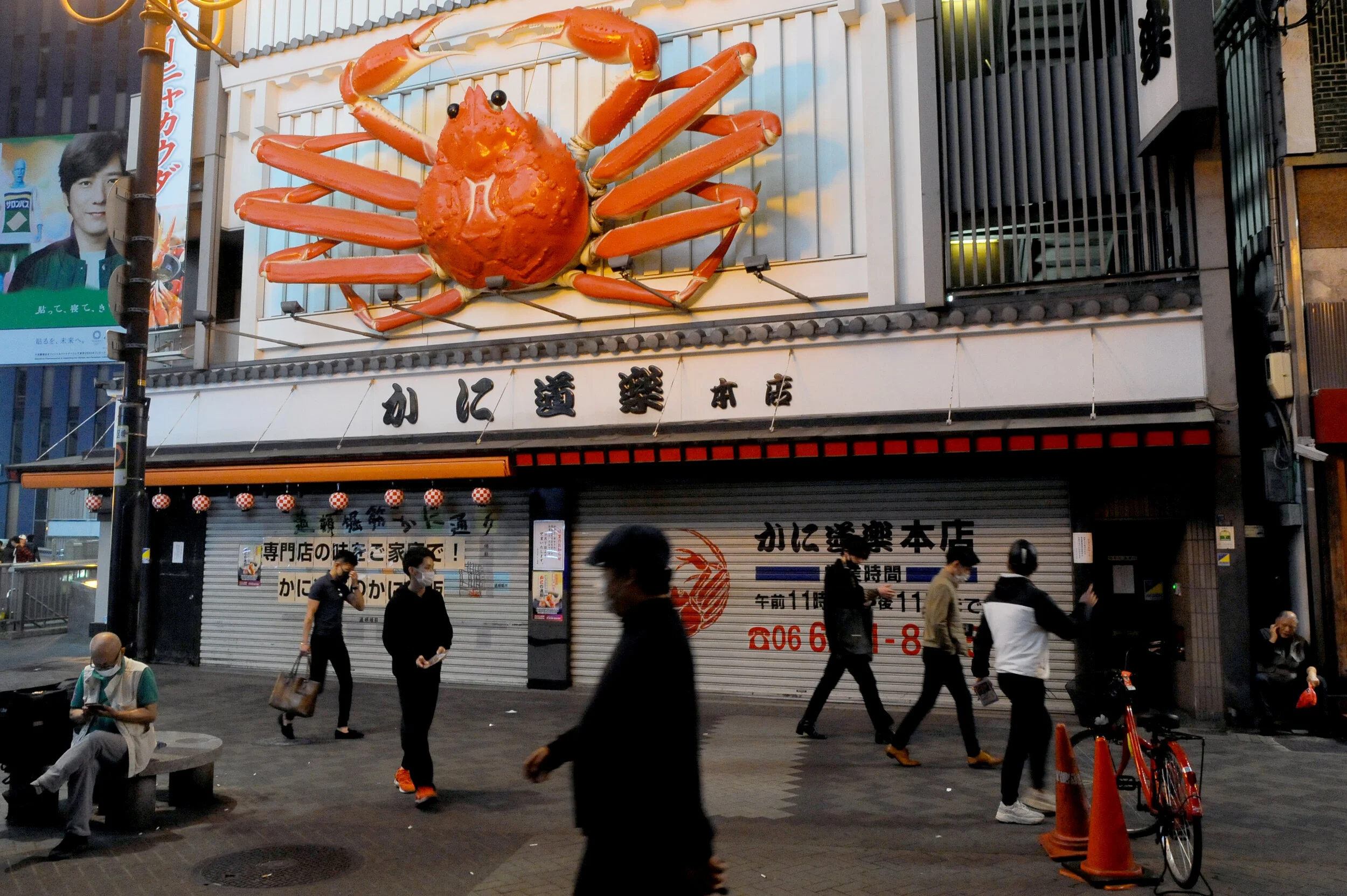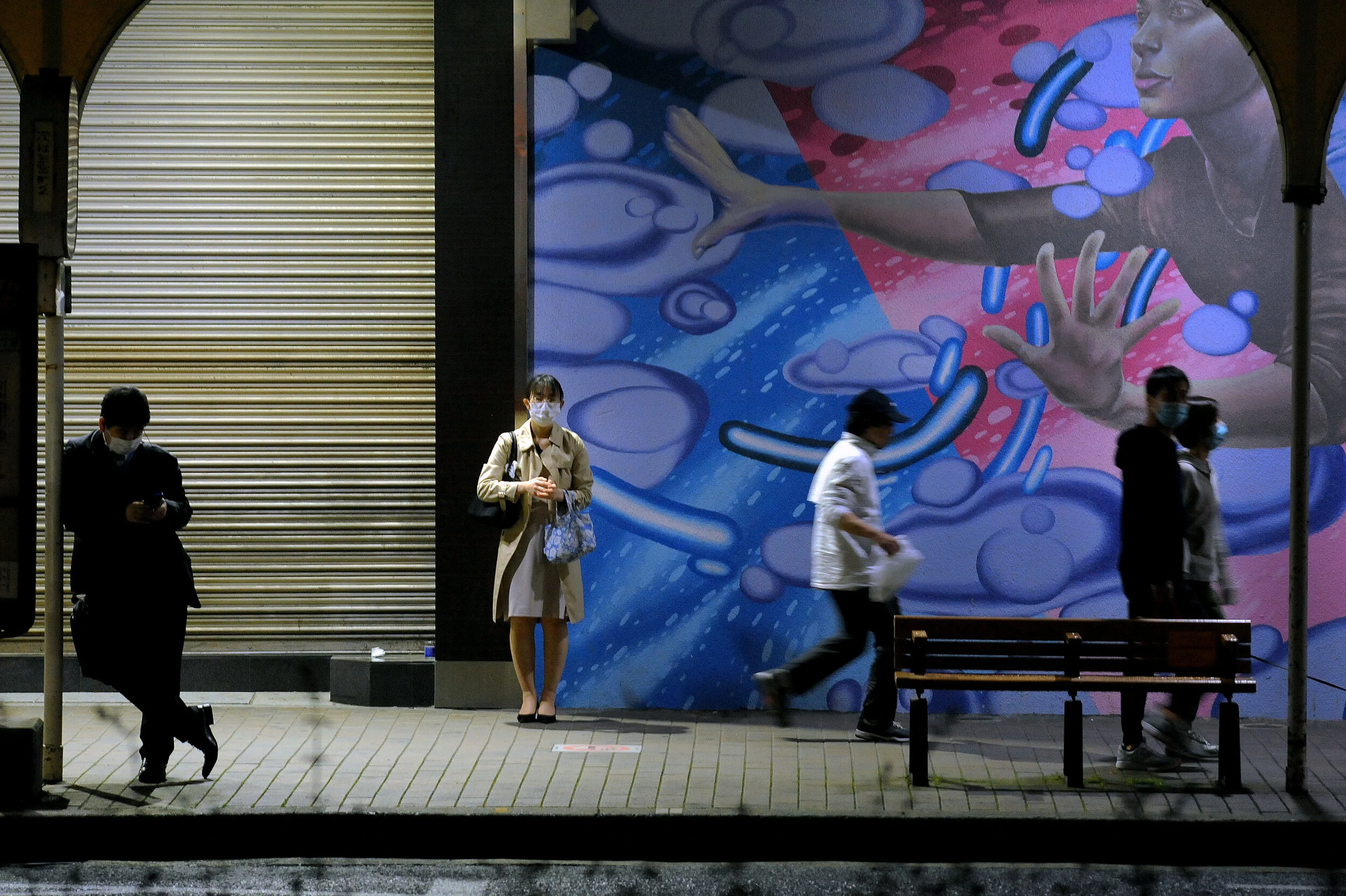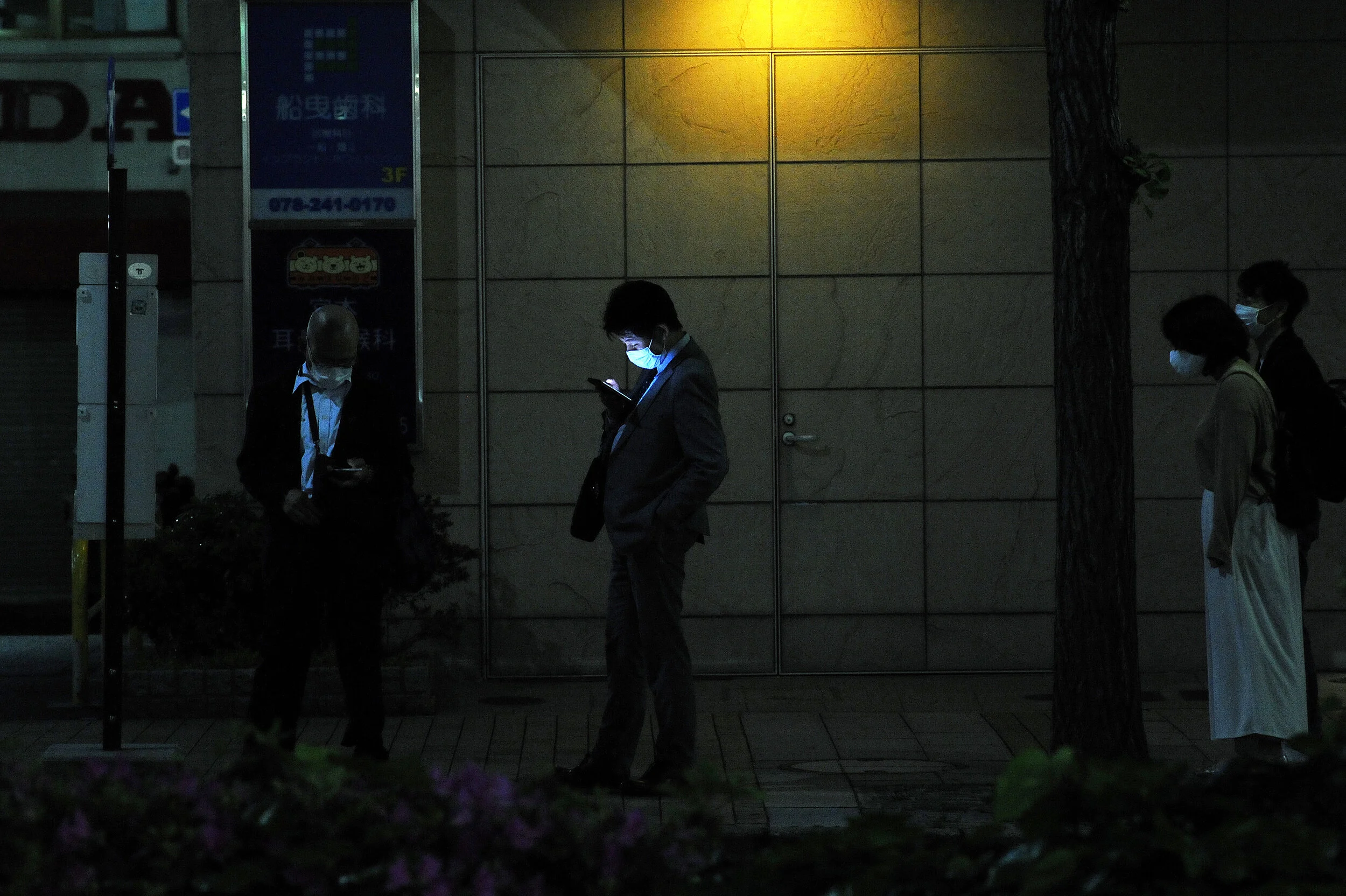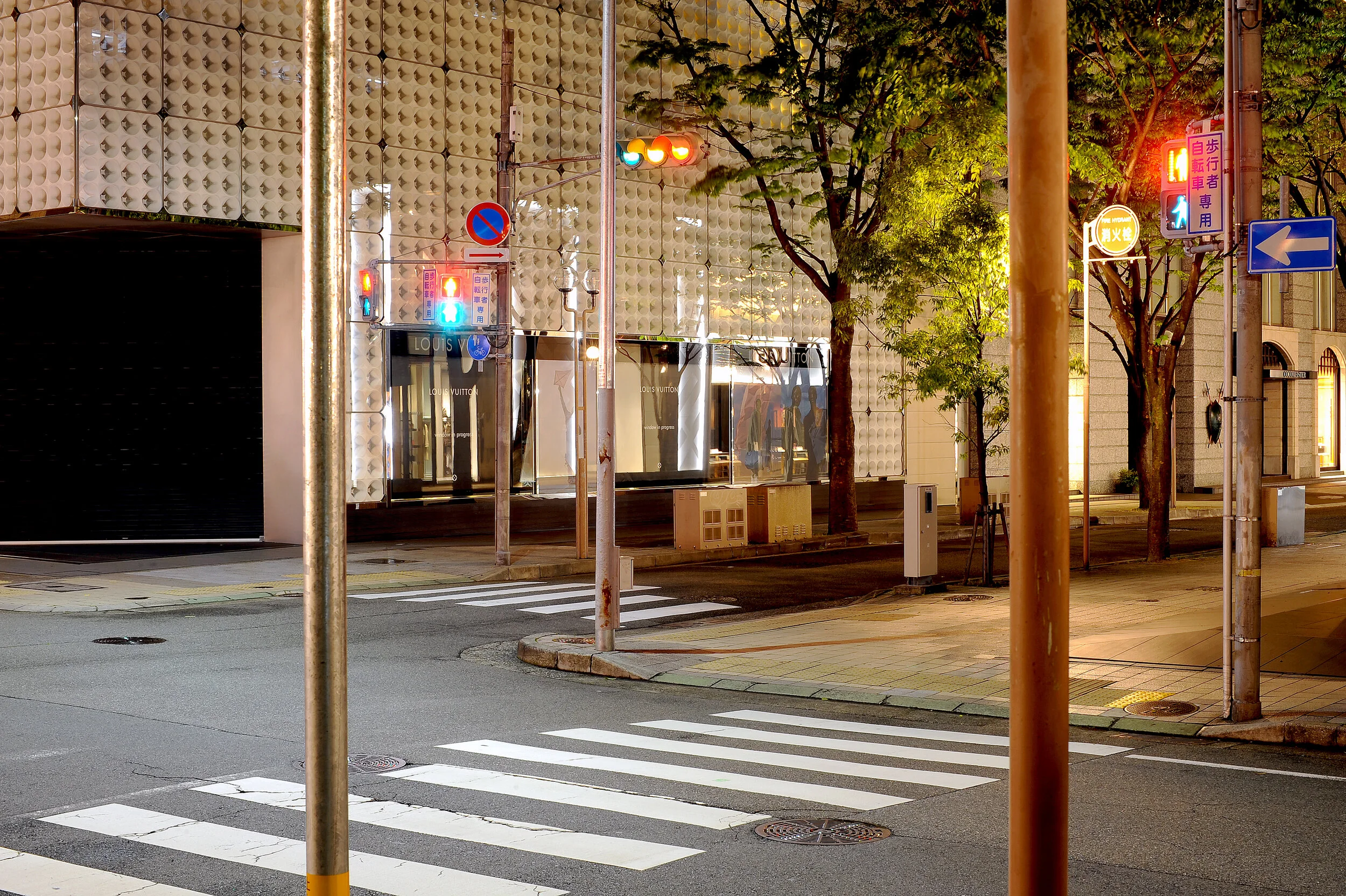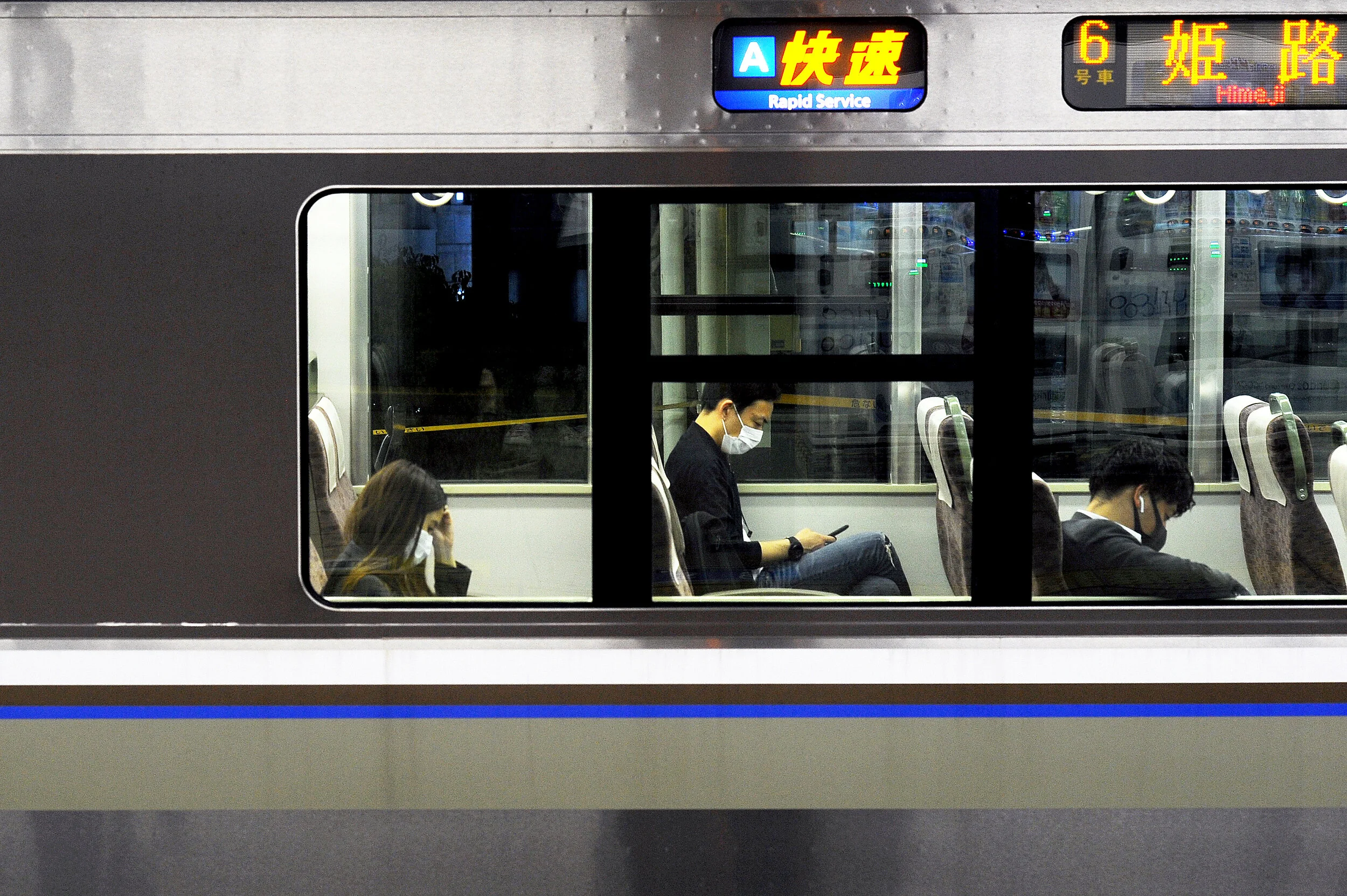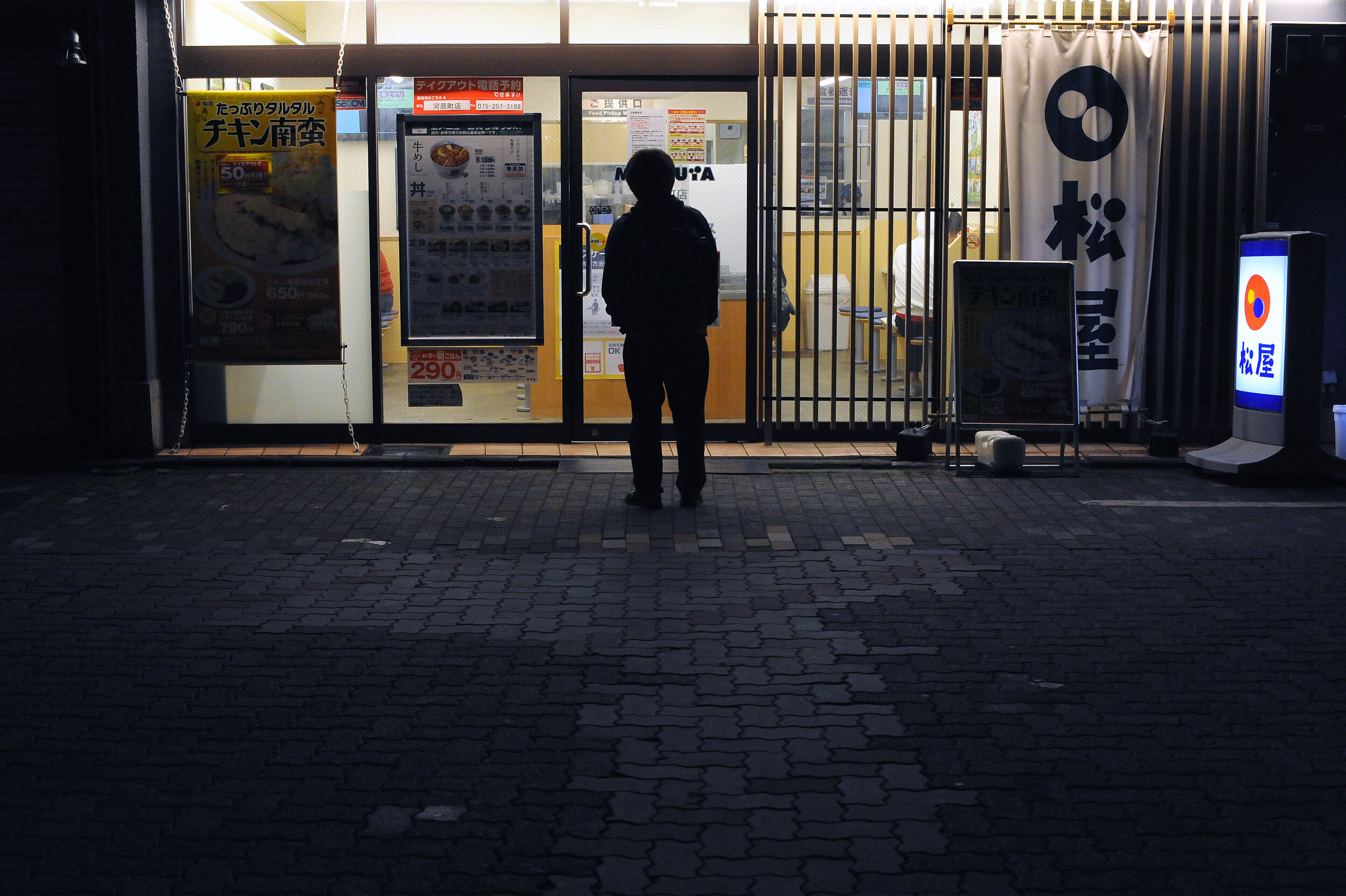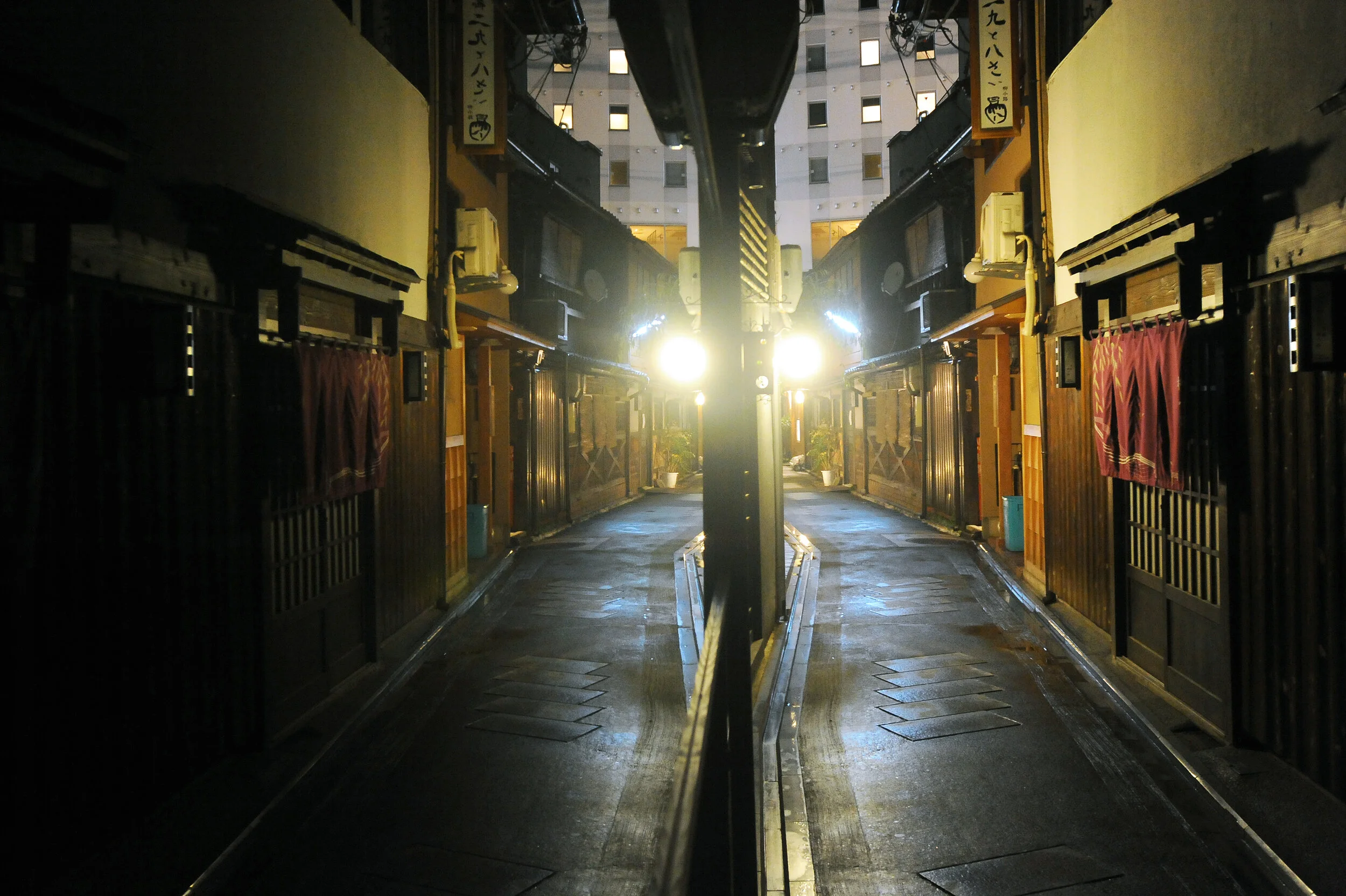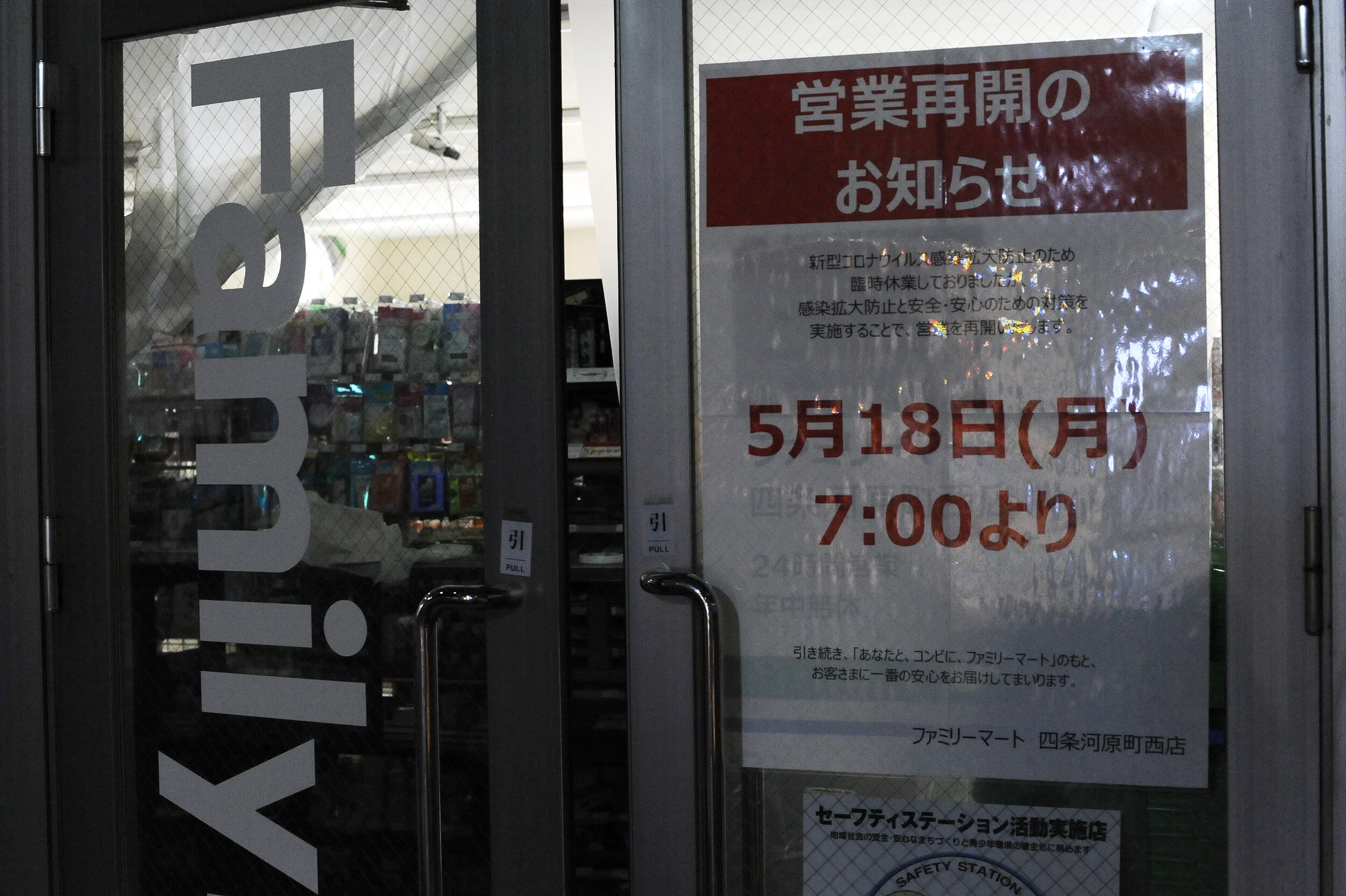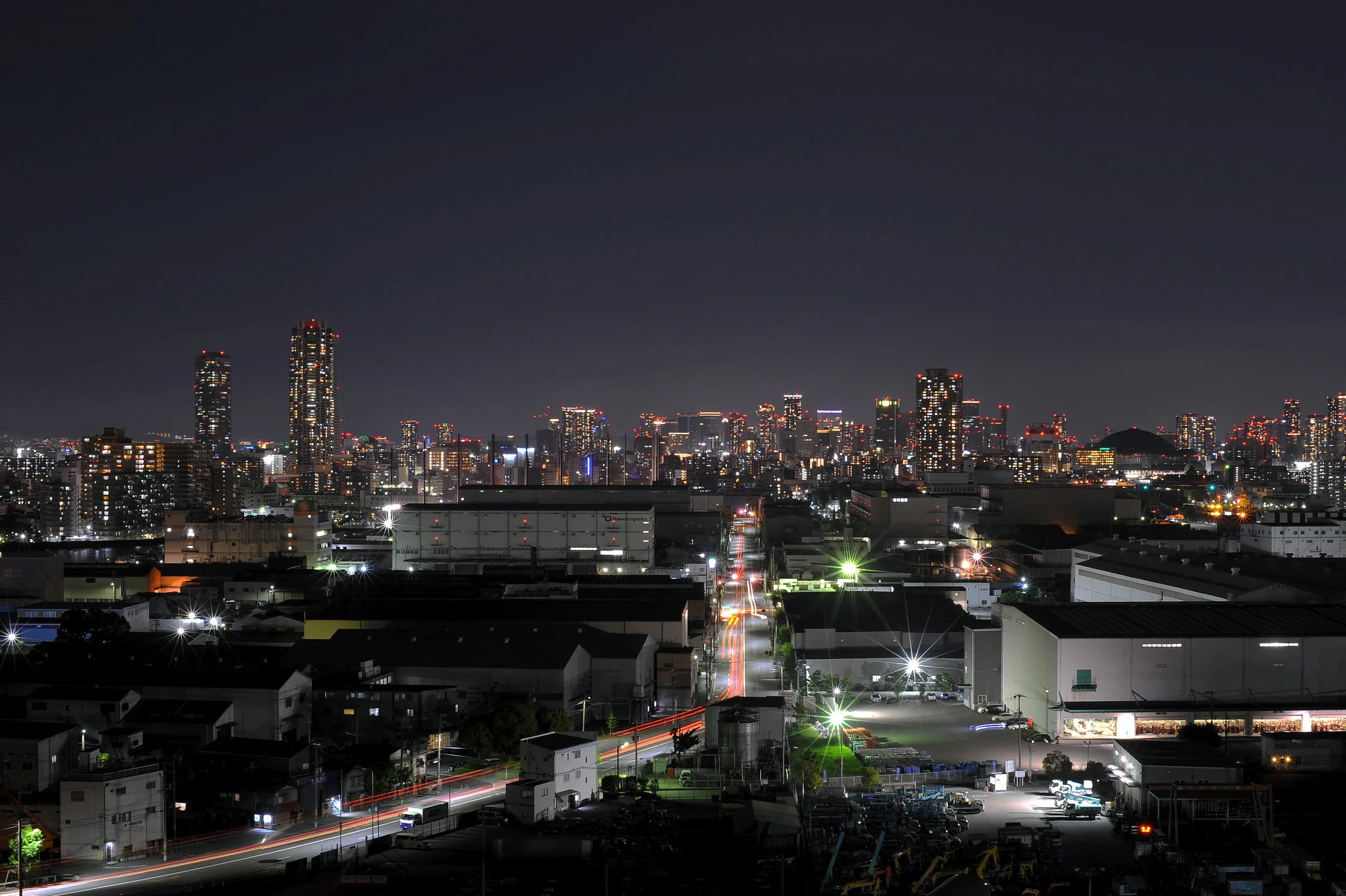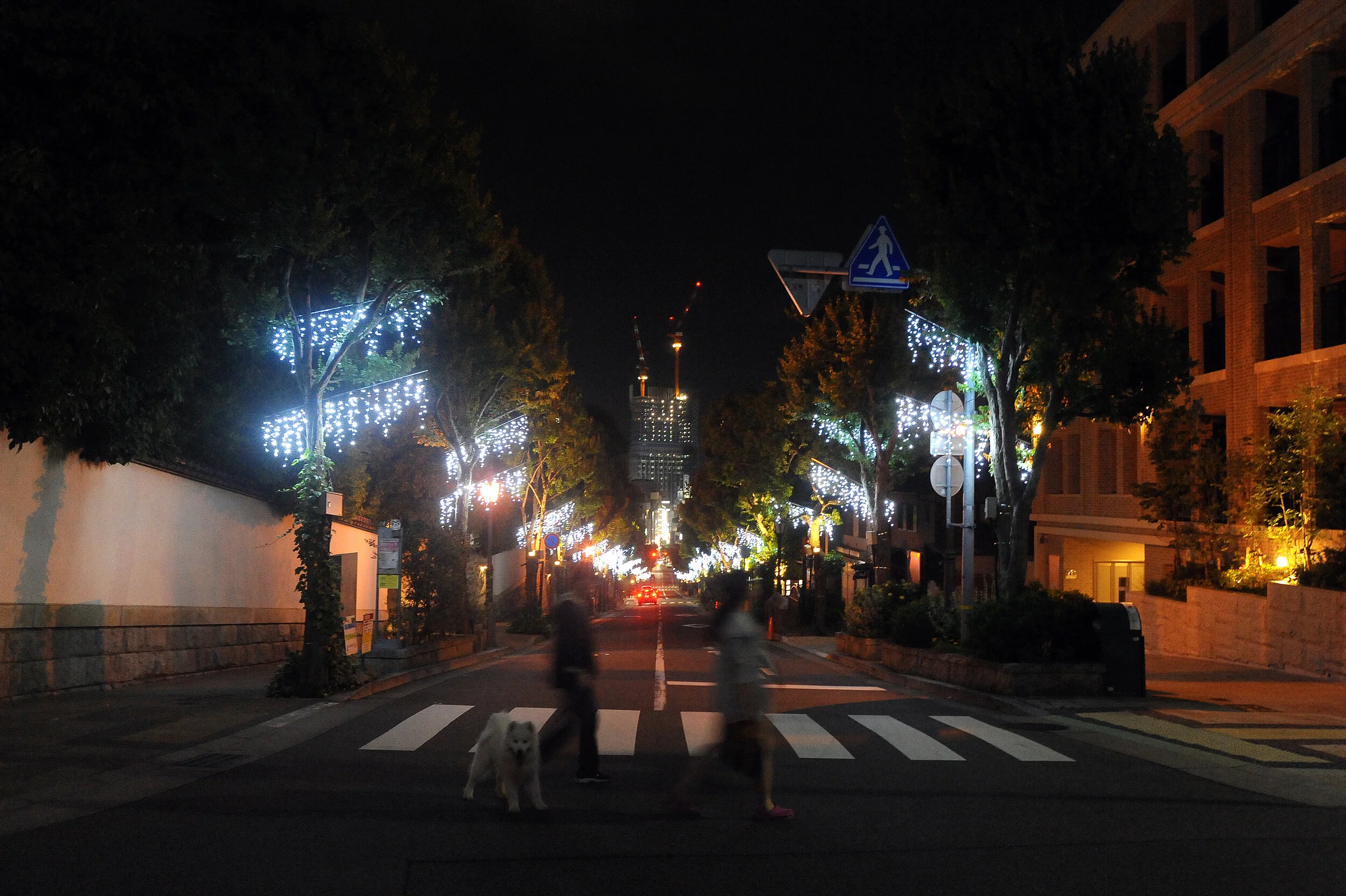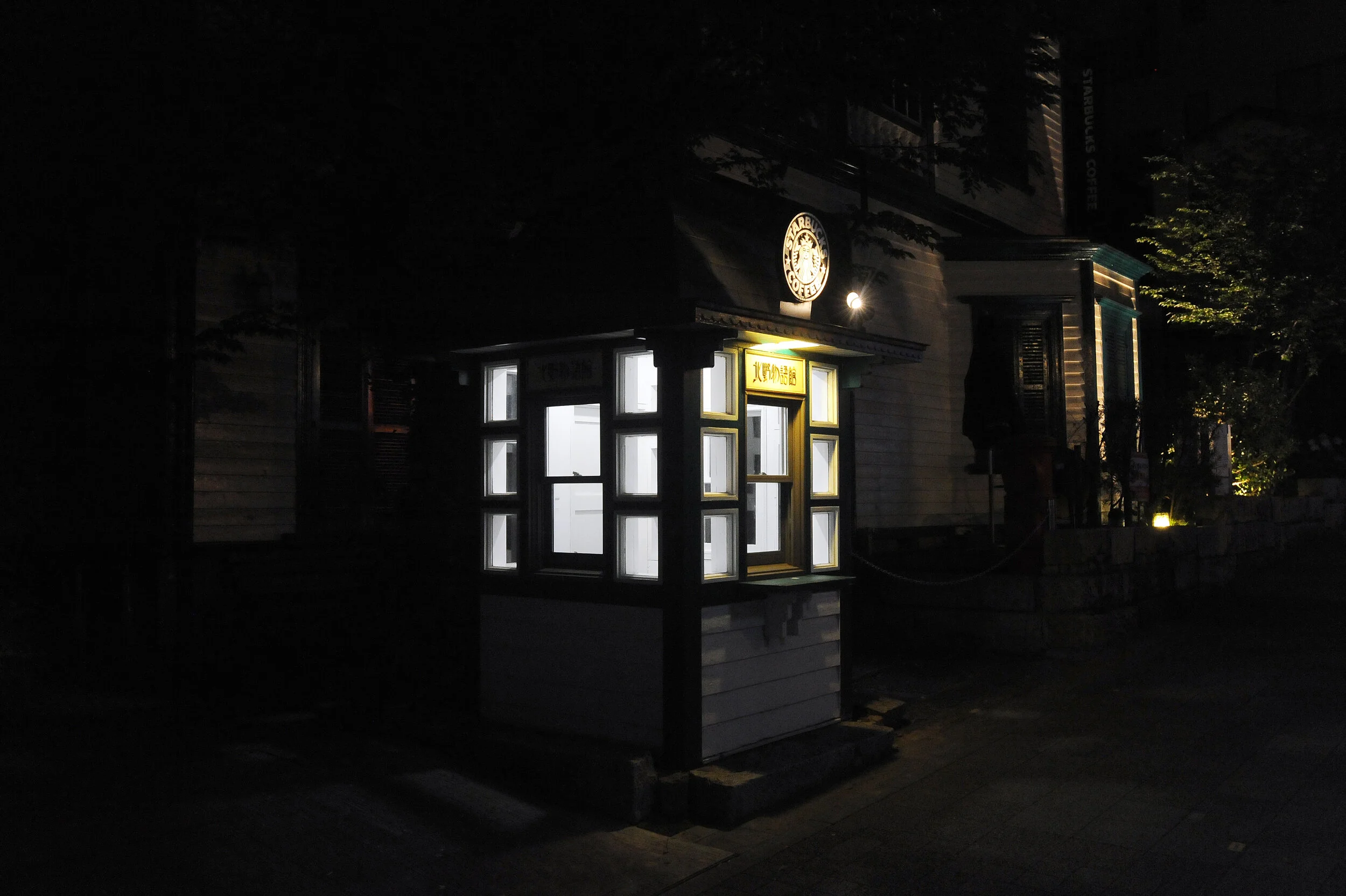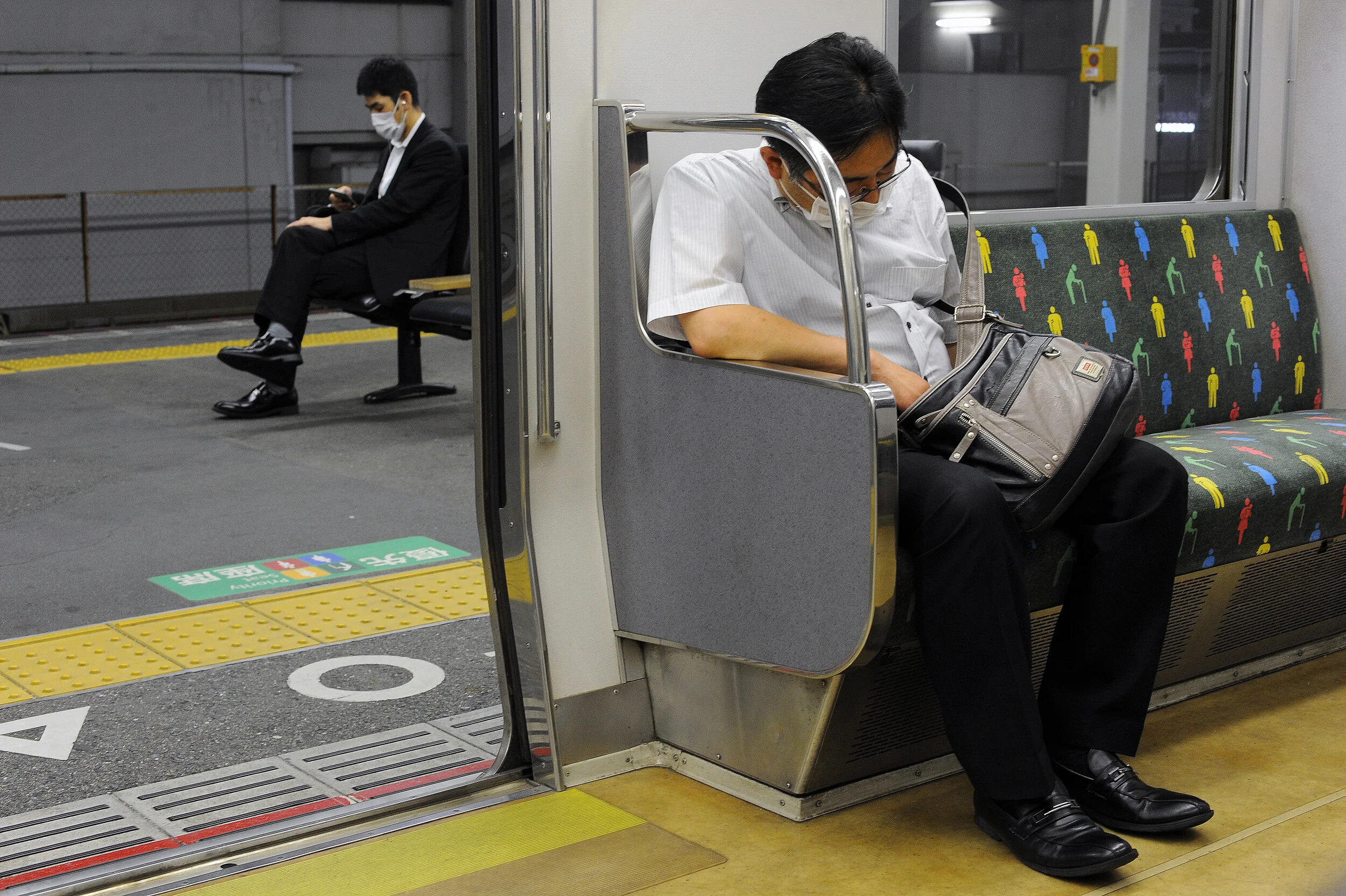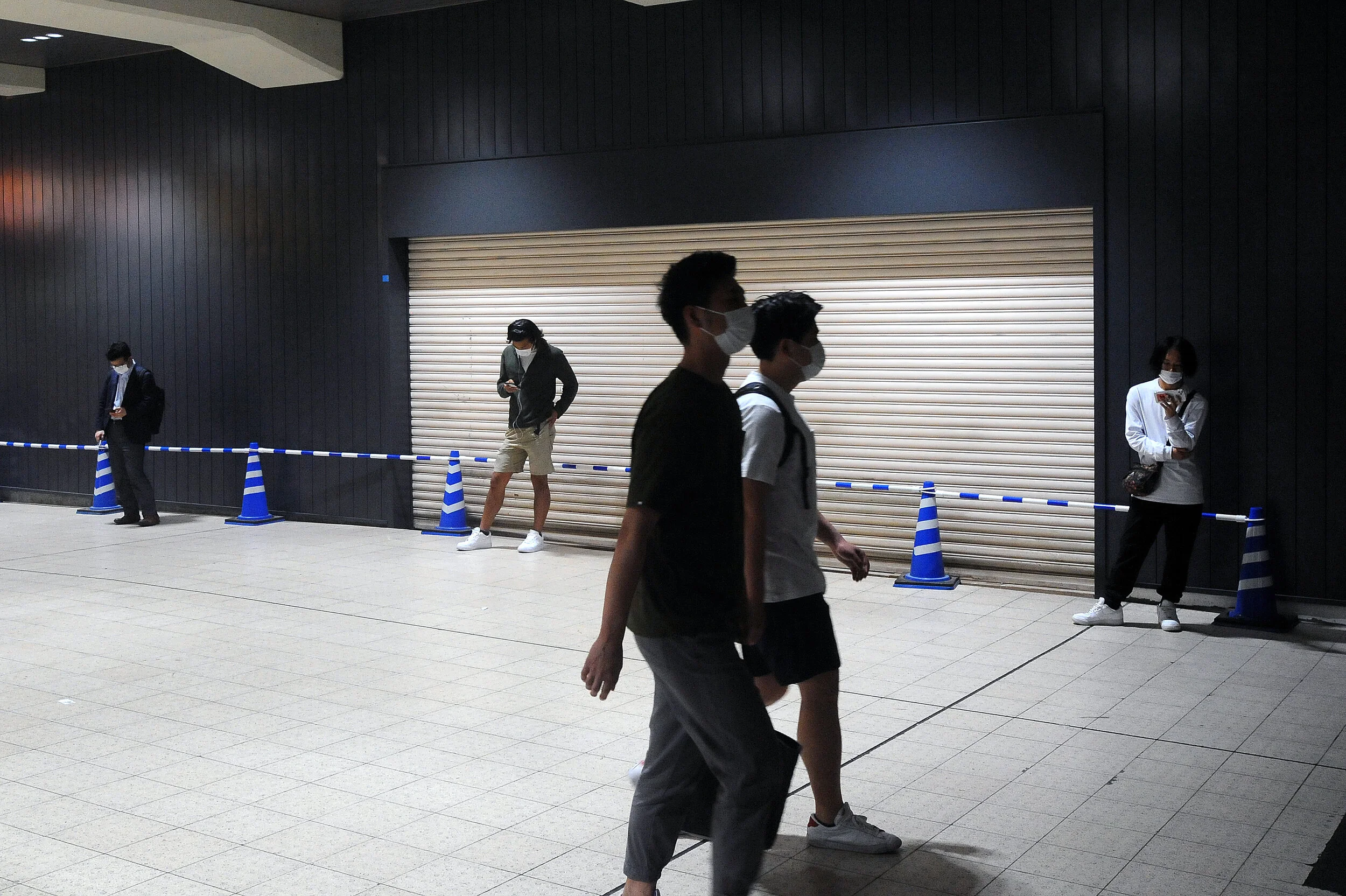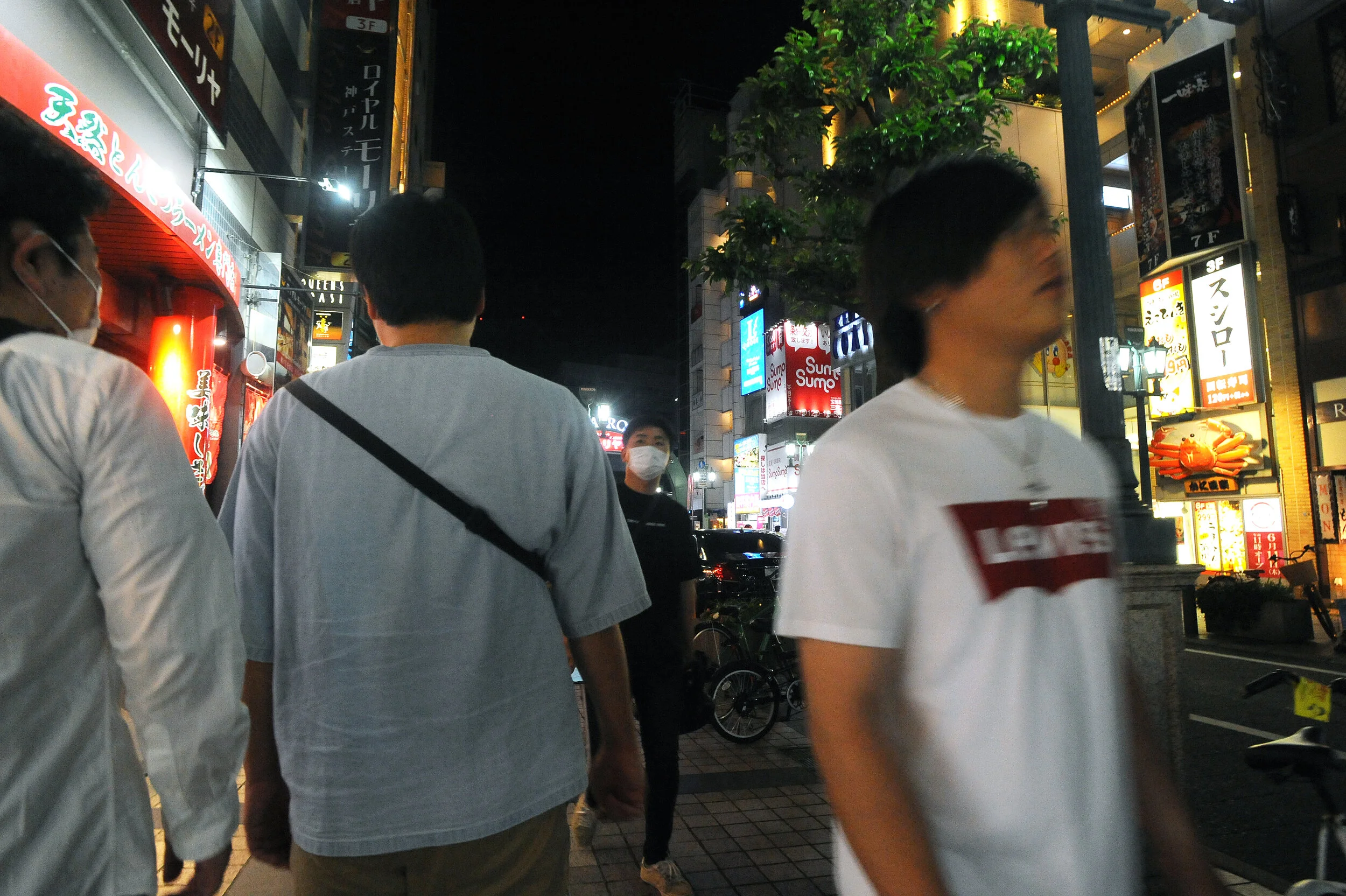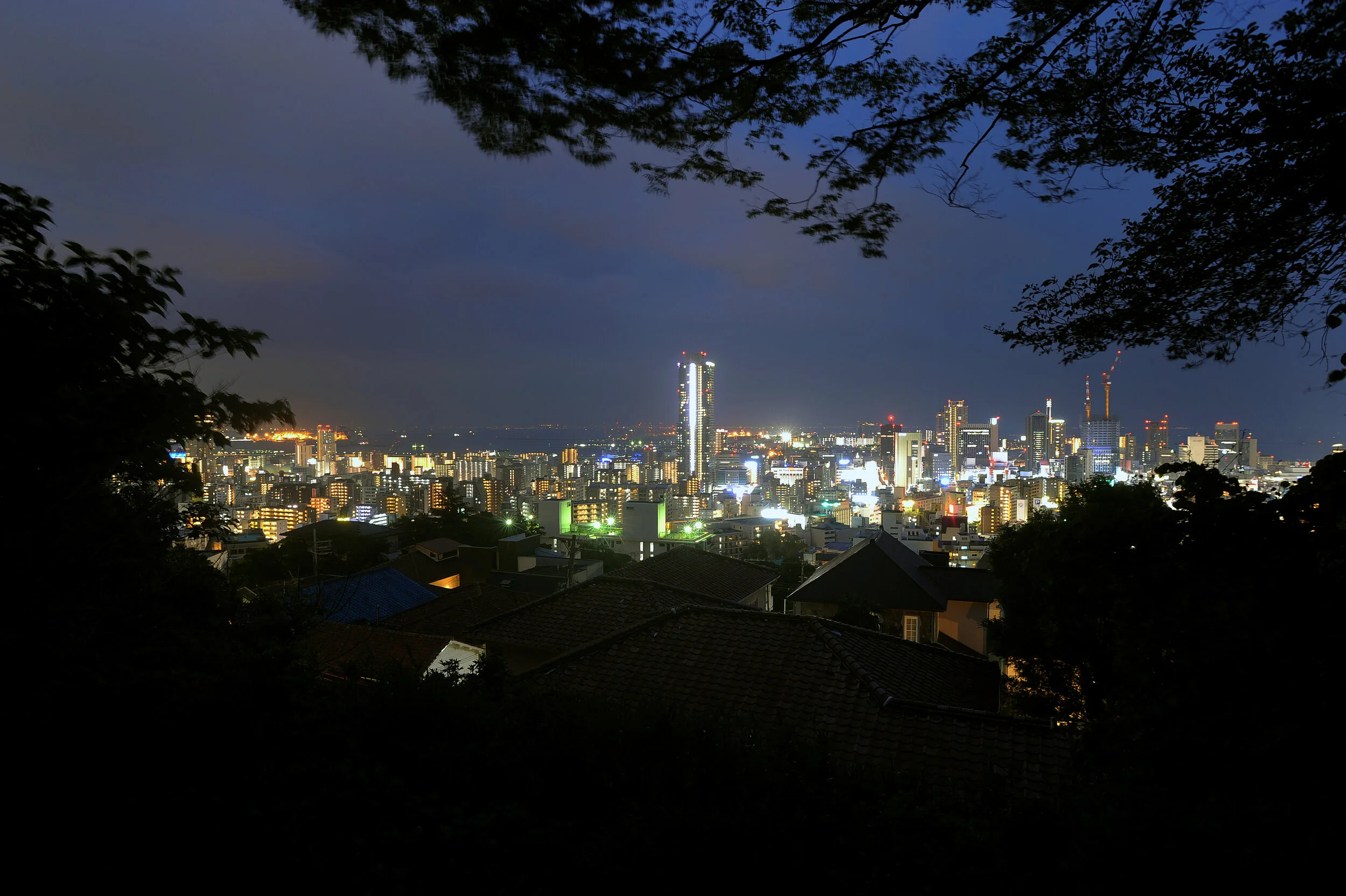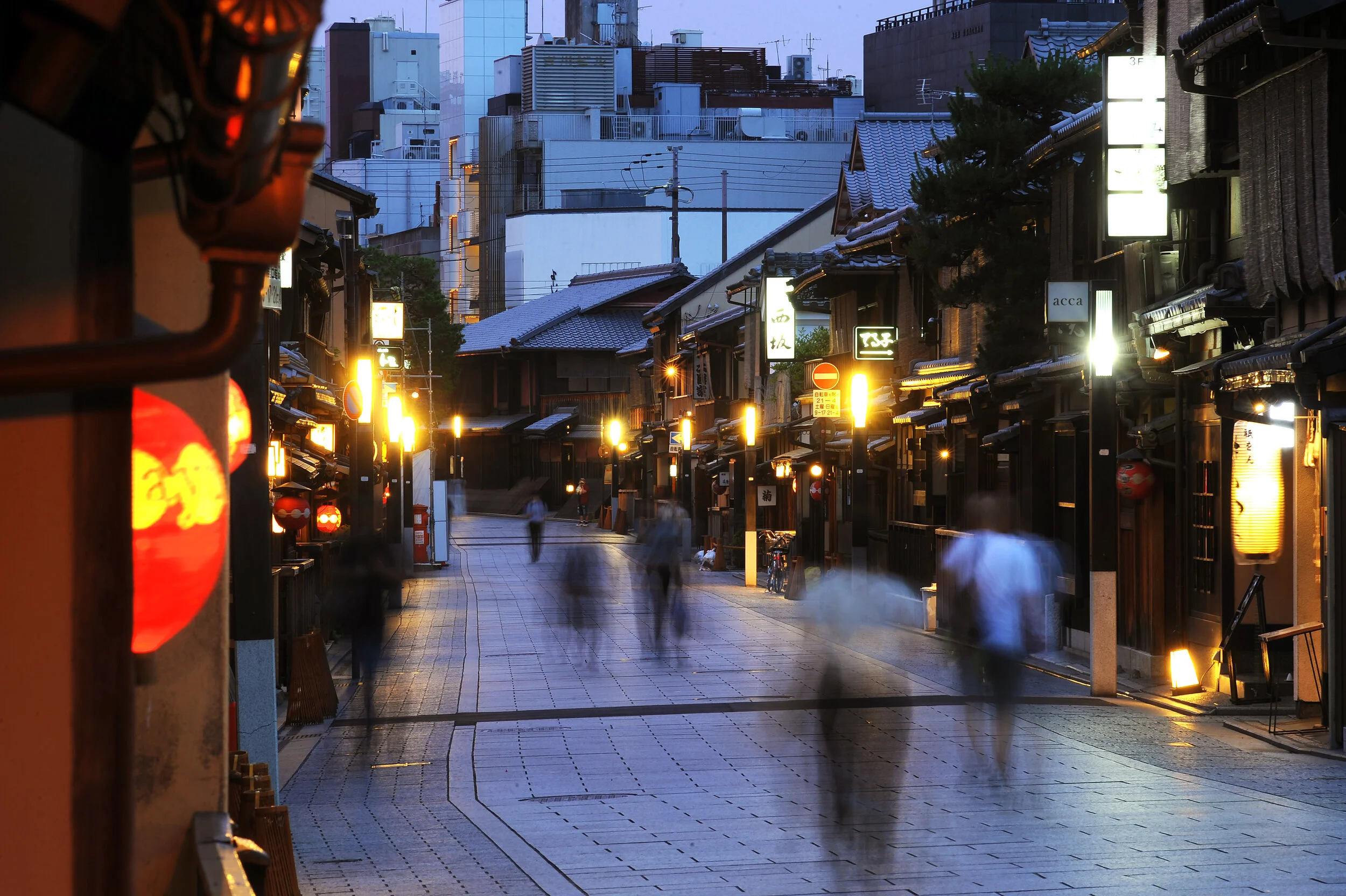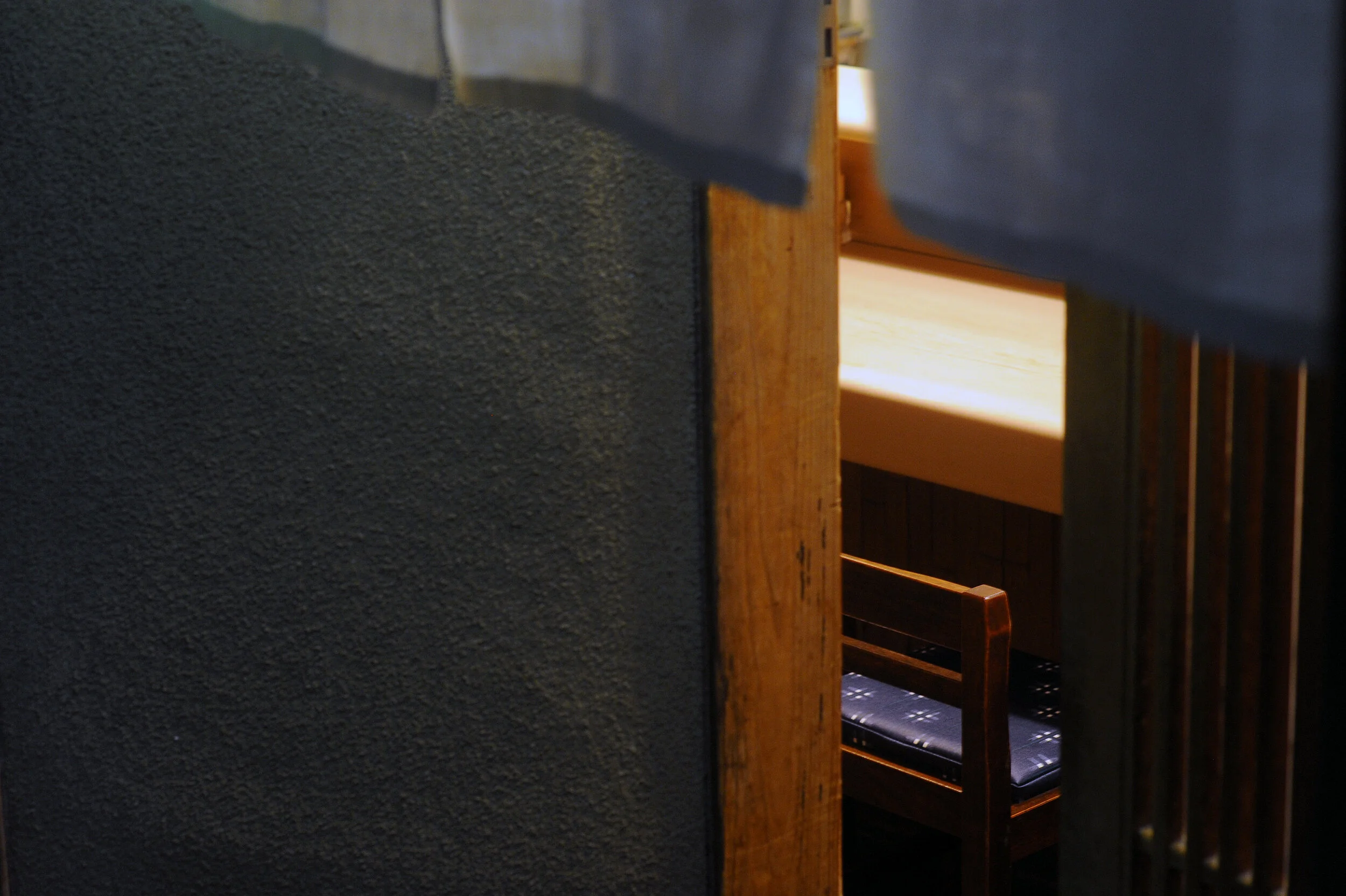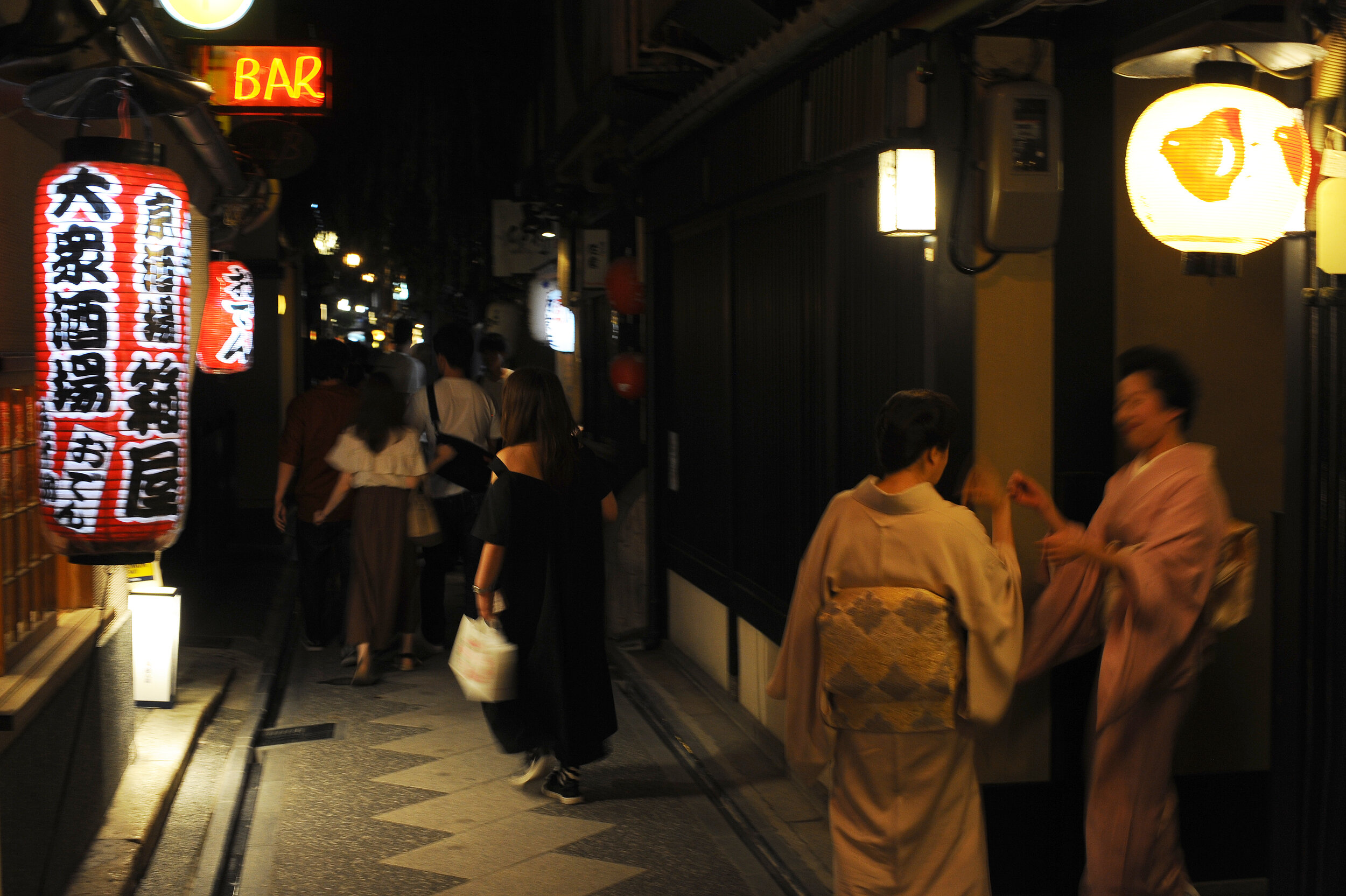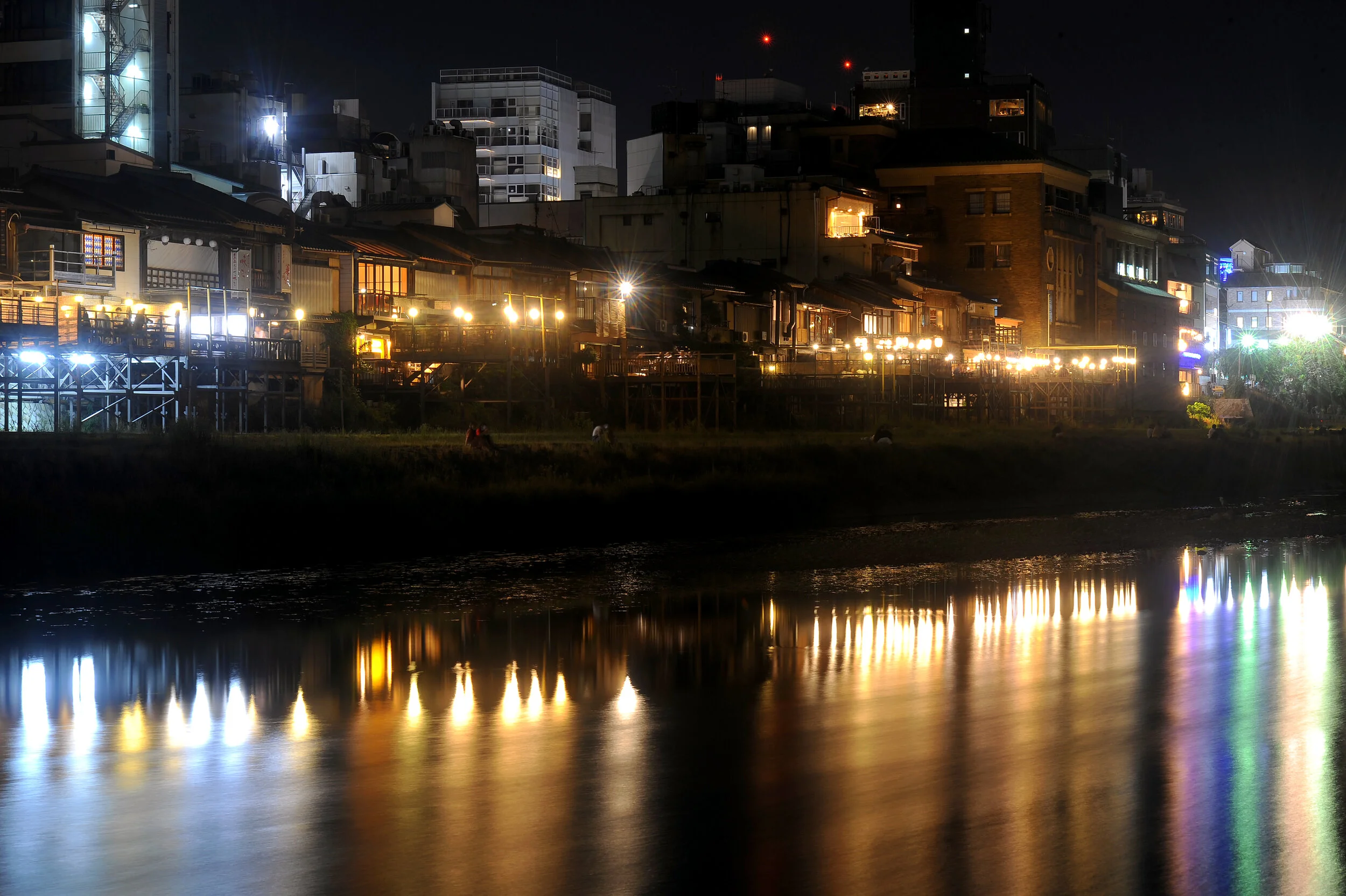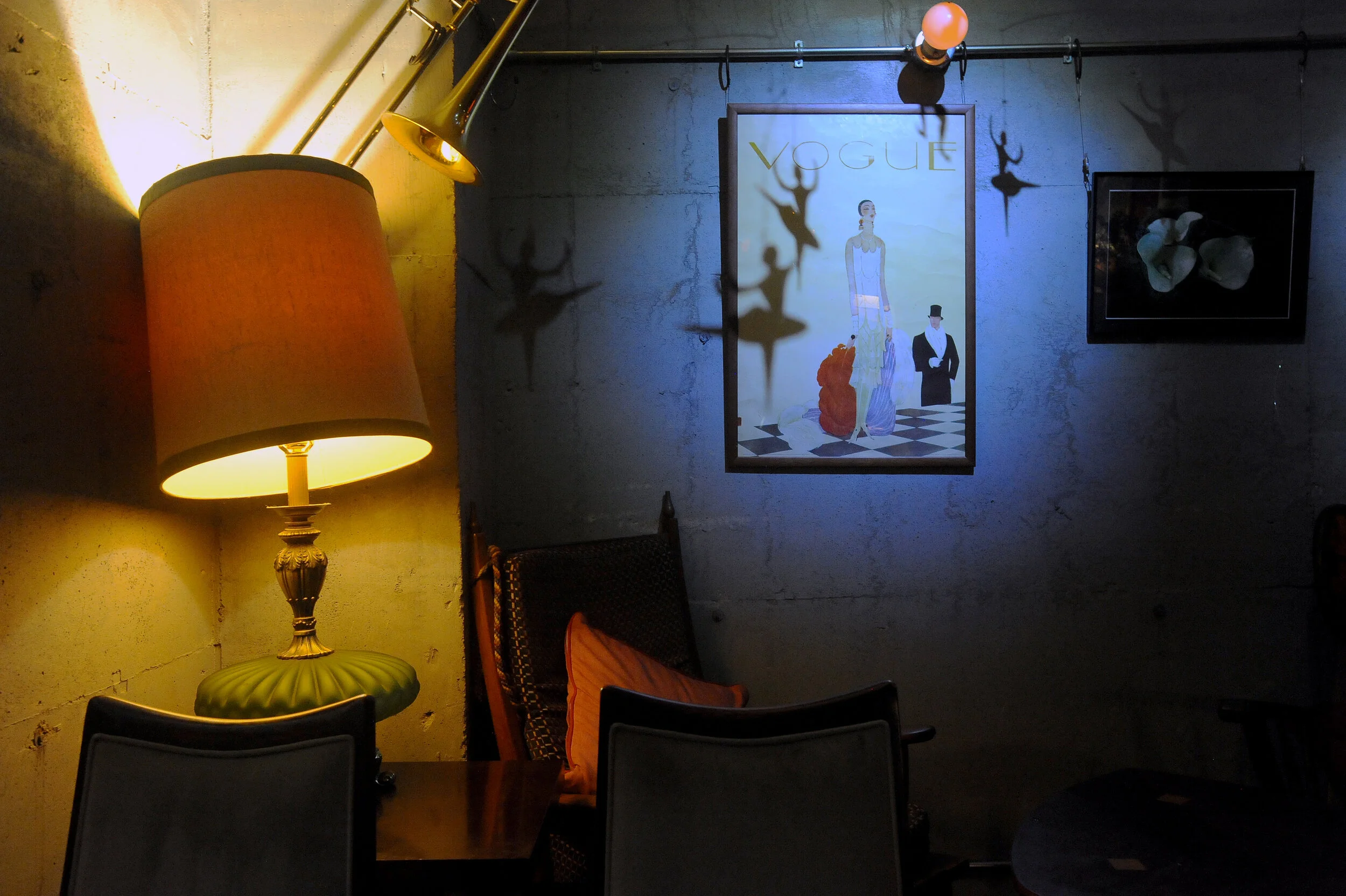The much-anticipated, but belated, drip-by-drip countermeasures by the Japanese government against the COVID-19 global pandemic came too little, too late for the majority of the working-class population.
Projected to be hit hard by the pandemic was the Kansai region, west of the country, where two of the three metropolitan prefectures, Osaka and Hyogo, were among the seven initially declared under the state of emergency on April 8th.
Then on April 16th, a national state of emergency was declared, only to be extended in less than a month on May 4th, in the middle of the nation's famed week-long spring holidays known as "Golden Week", til the end of the month. Many saw this as one of many signs of incompetence on the government's behalf, and deepened the doubt that Prime Minister Abe knows what he is doing.
And all of a sudden, the administration decided to lift the state of emergency in 39 prefectures out of 47 on May 14th. In the three major population prefectures in western Japan, Osaka, Kyoto, and Hyogo, the state of emergency is still in place, but the restrictions on service industries have been loosened.
Finally, on May 21st, the state of emergency in Osaka, Kyoto, and Hyogo was lifted.
On one hand, governments, national and local, want citizens to self-quarantine to avoid infamous morning rush on commuter trains and crowded office and school spaces to minimize the risks of contracting the air-borne virus, on the other hand it’s almost impossible for the most households to work remotely from home or not at all and still make their monthly ends meet. And the fact that Osaka already has the highest rate of welfare aid recipients per capita doesn't help at all.
Nation-wide frustration was more than clear when, two months after the pandemic made it on the front pages and top news of the international media, the administration announced sending two facial masks to each of more than 50 million households, using precious time of three weeks to do the delivery, while not giving blanket cash handouts of significant amount for those living on paycheck to paycheck to get by the coming few months until the curve on the numbers of infected and death from the virus gets flattened.
Yet, the administration went ahead and issued the state of emergency, asking citizens to refrain from going out to work and socialize without promising any sizable compensation, particularly to the service industries whose income heavily relies on weekends.
This is a weekly-updated project shot on 9 Saturdays between April 11th and June 6th, 2020, to illustrate the impact and mood of the Kansai, or Keihanshin (京阪神), three-letter acronym representing Kyoto, Osaka, Kobe, the major metropolitan areas that consist of most of the population and economic activities of west Japan.
WEEK 1 (April 11th, 2020), OSAKA
